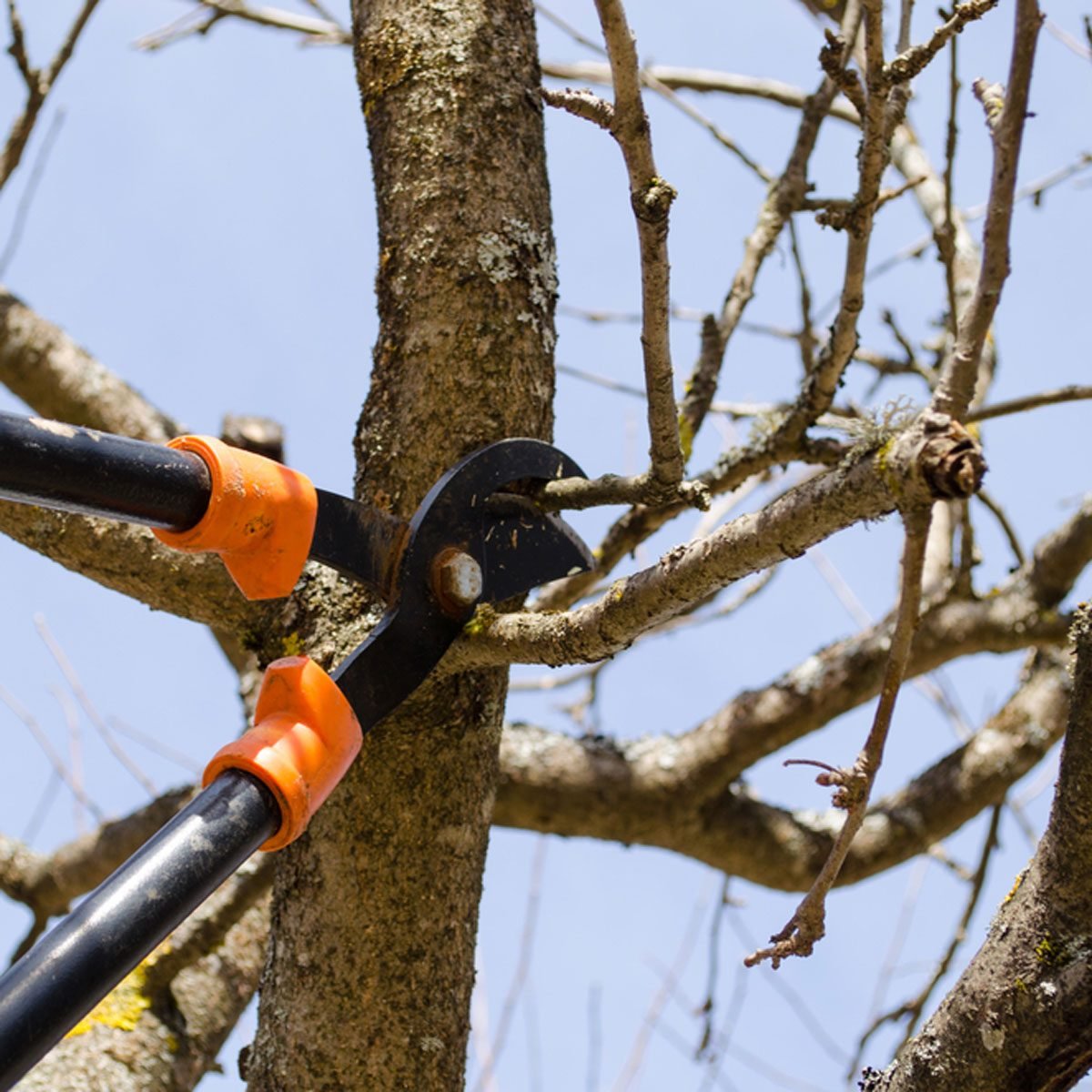With cooler temps on the horizon, it's time to make sure your home is buttoned up and ready to go. Start checking these tasks off your list ASAP.
43 Fall Maintenance Must-Dos and One Thing You Shouldn’t Do
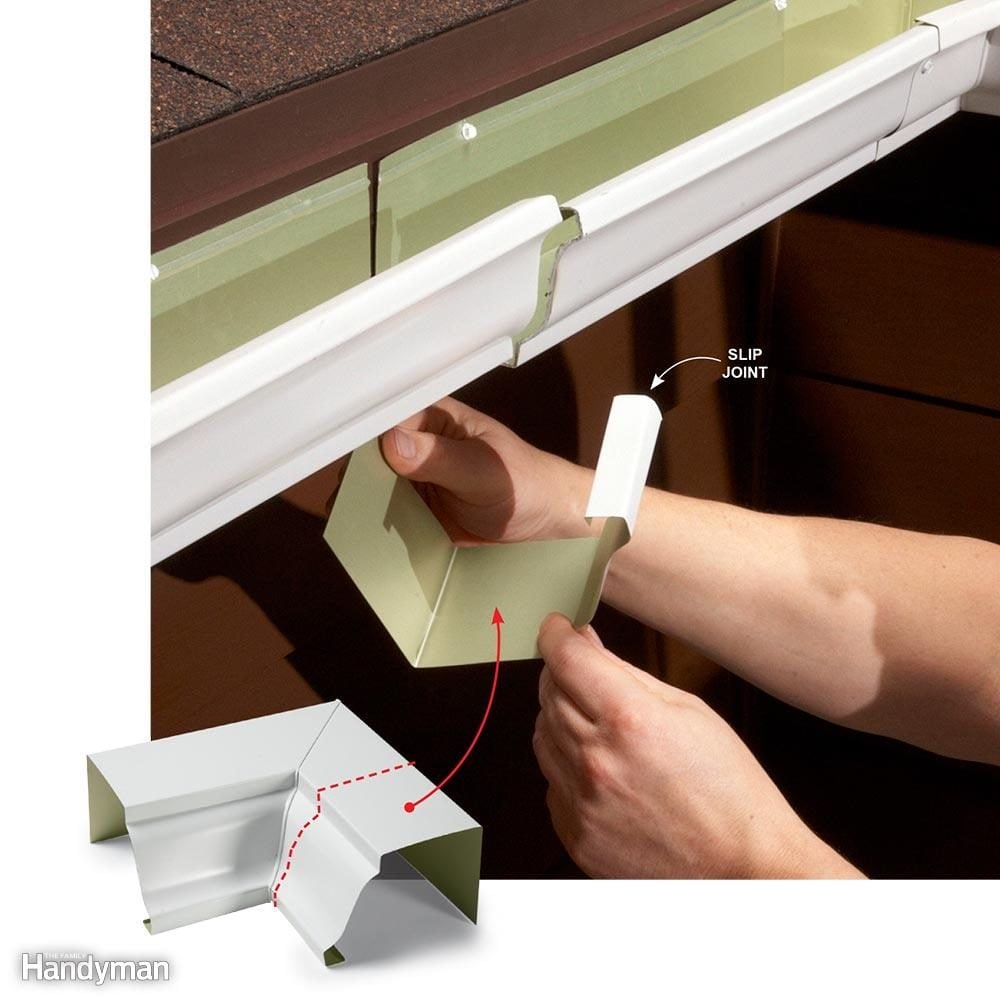
Get Your Gutters Ready
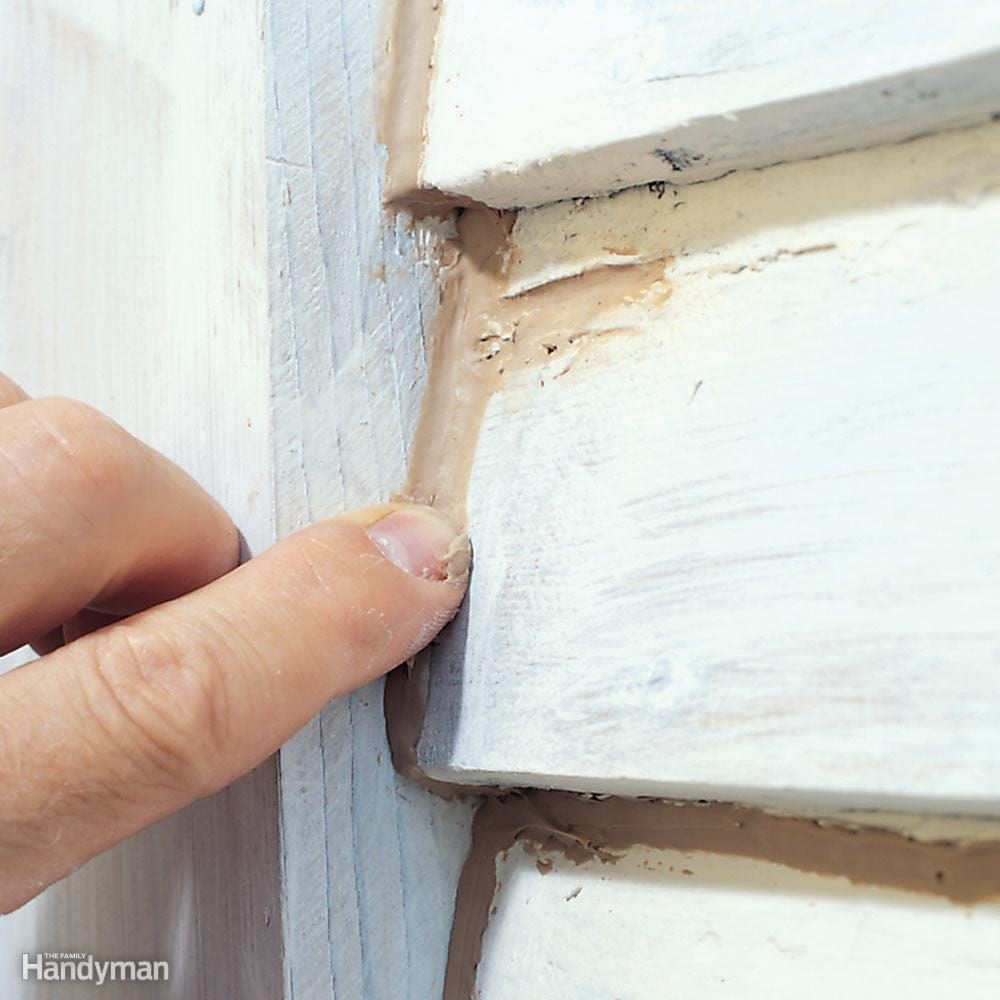
Check Exterior Caulking and Weatherstripping
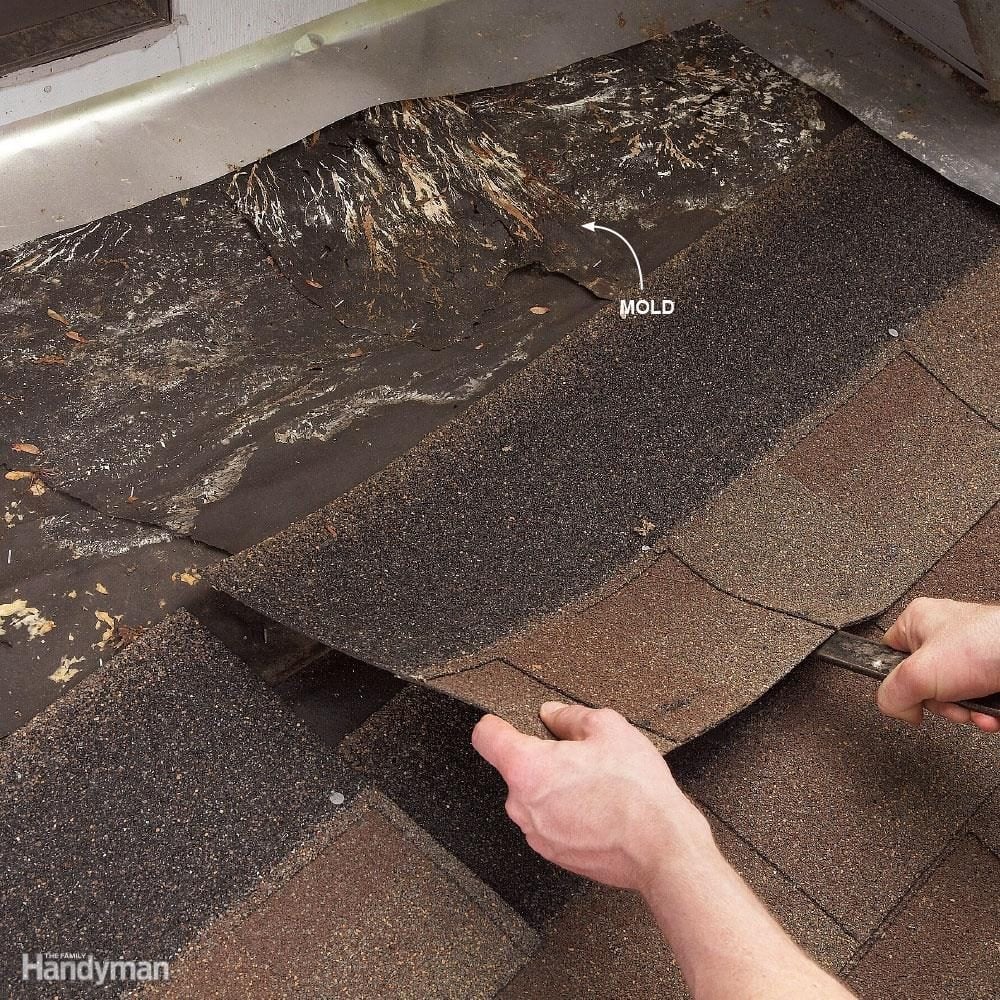
Give Your Roof a Once-Over

Fix Driveway and Sidewalks Before They Get Worse

Install Frost-Proof Outdoor Faucets
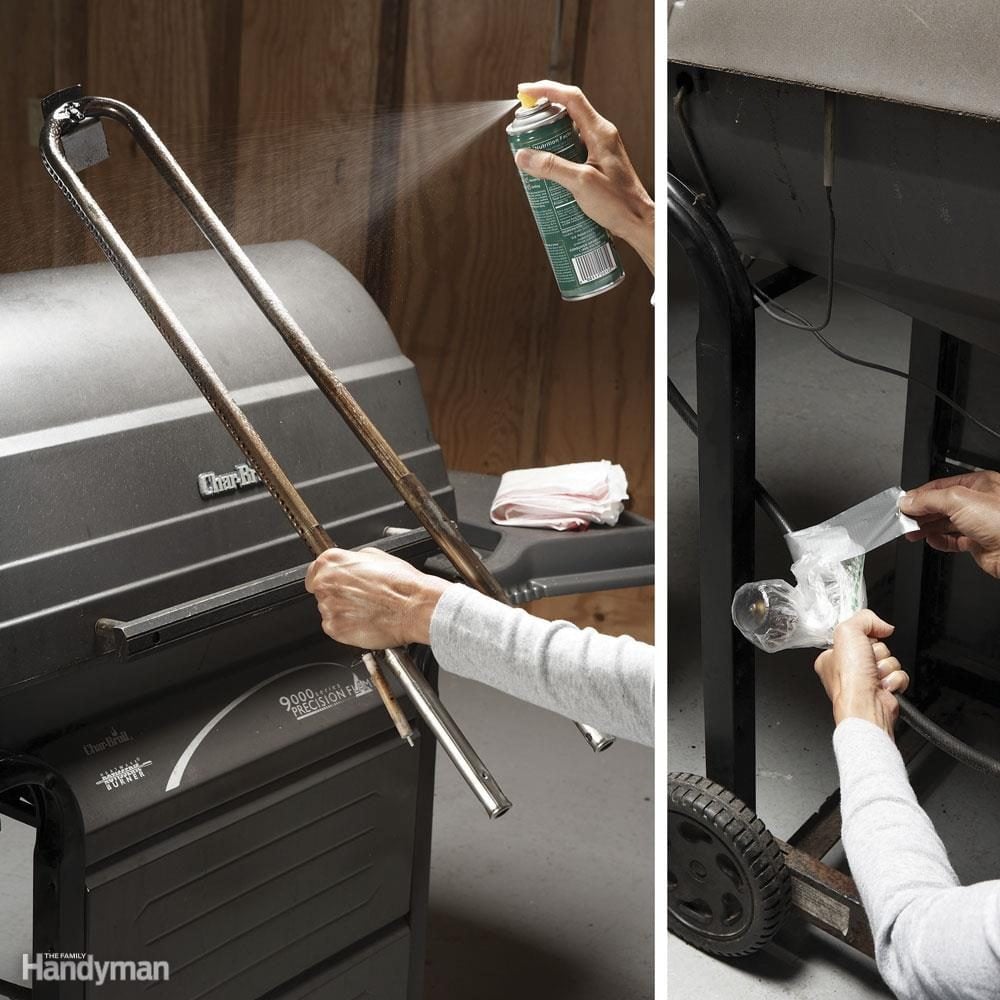
Winterize Your Gas Grill
If you're not a winter griller, now's the time to pack away your grill before it's covered with a foot of snow. In addition to giving your grill a thorough cleaning to remove grease and food scraps, take these steps to help prevent any unpleasant surprises when you fire up your grill again next spring.
Shut off the gas at the LP tank, unfasten the burner, slip the gas tubes off the gas lines and lift out the unit. Coat the burners and other metal parts with cooking oil to repel moisture that can build up over the winter and to prevent rust. Then wrap the burner unit in a plastic bag to keep spiders and insects from nesting in the gas tubes during the winter. This is a common problem that can make for balky starts, uneven flames or even a one-alarm fire the next time you light your grill.
If you're storing your grill outside during the winter, just keep the propane tank connected (but shut off) and put a protective cover over the entire grill when you're done cleaning it. If you're storing the grill indoors, don't bring the tank inside, even into the garage or a storage shed. A small gas leak can cause a huge explosion if the tank is stored in an enclosed space. Instead, disconnect the tank and store it outside in an upright position away from dryer and furnace vents and children's play areas. Tape a plastic bag over the grill's gas line opening to prevent insects from nesting.
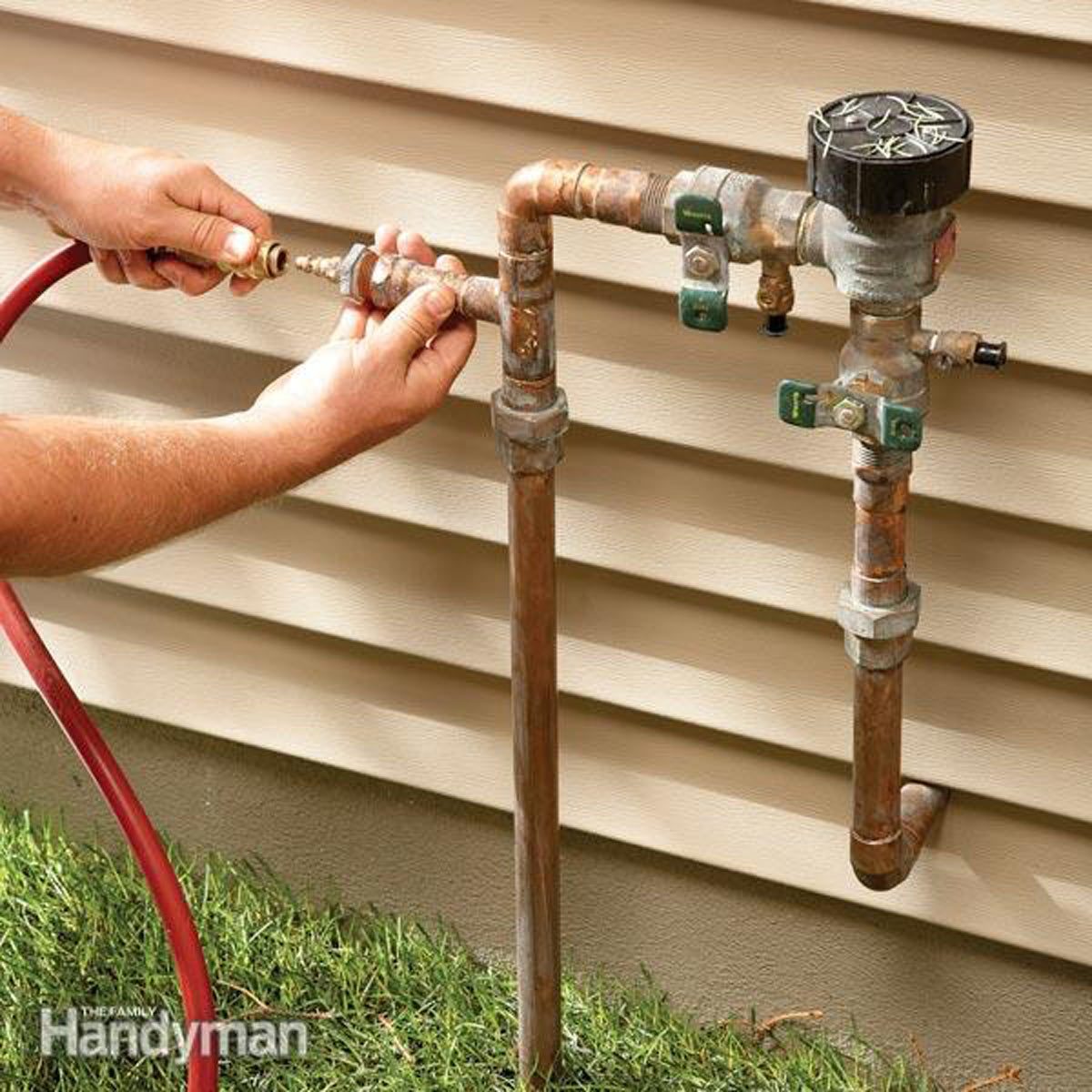
Winterize Your Sprinkler System
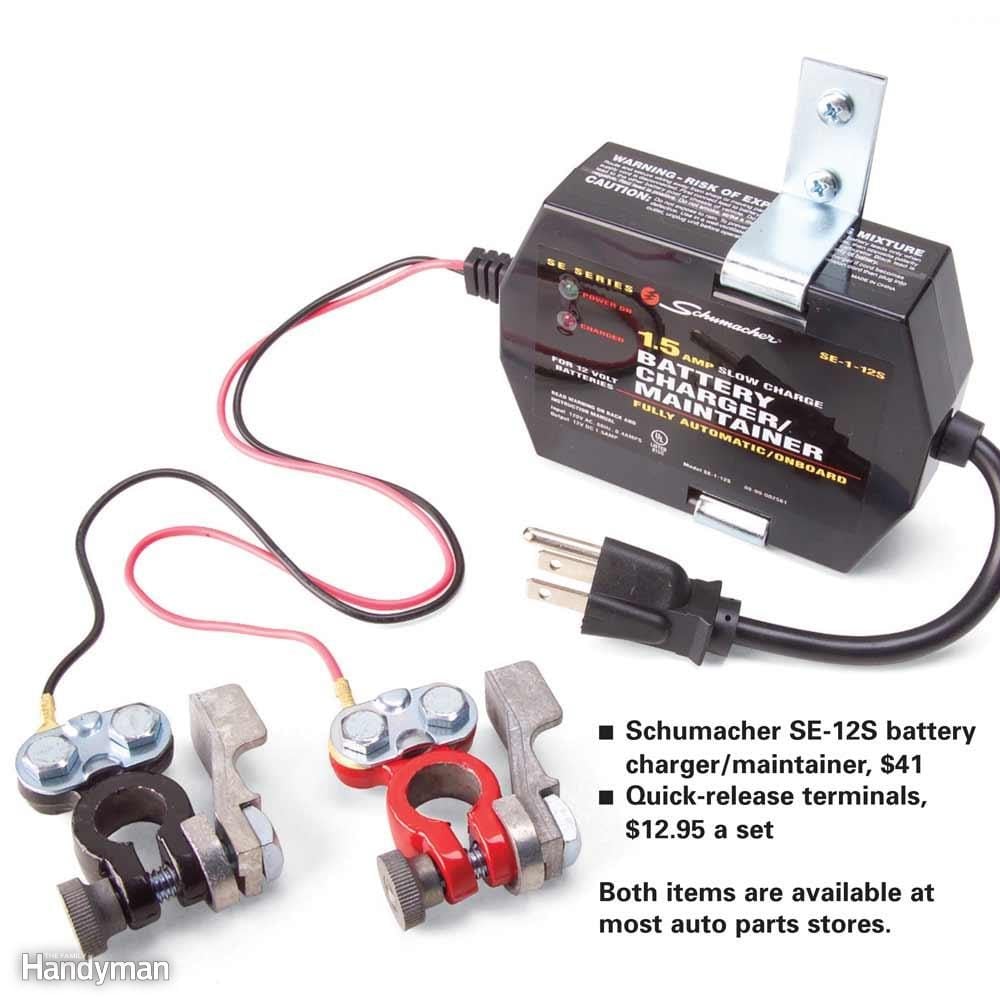
Seasonal Battery Storage
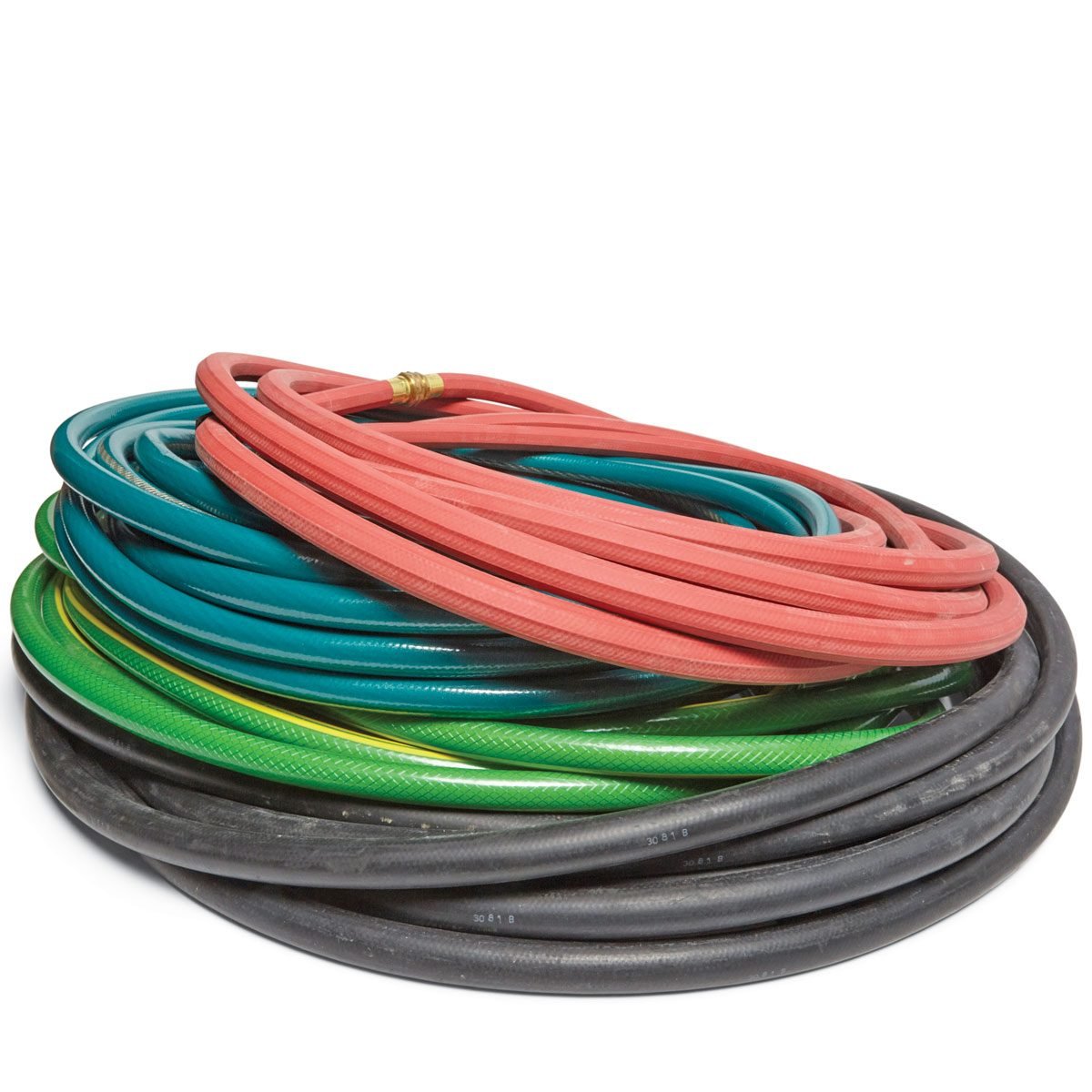
Drain Garden Hoses or Waste Money on Replacements
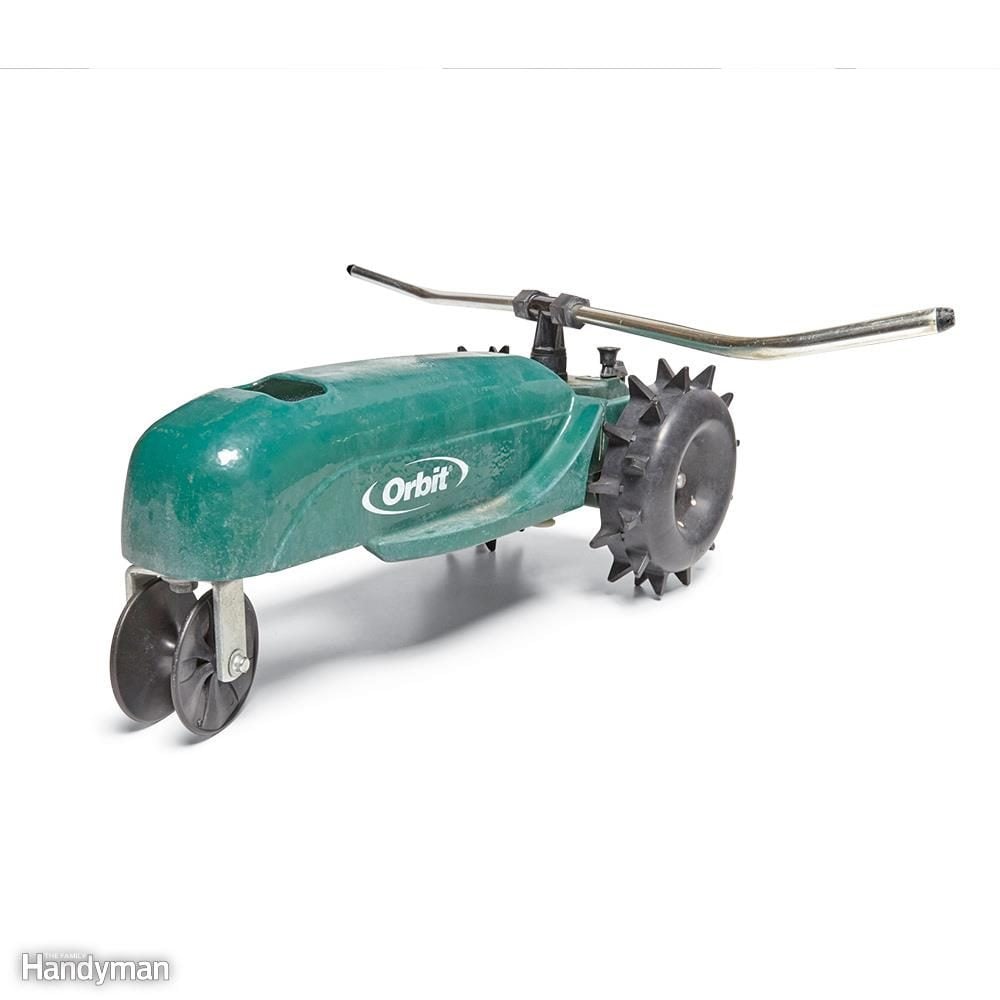
Drain Mechanical Sprinklers or Buy a New One in the Spring
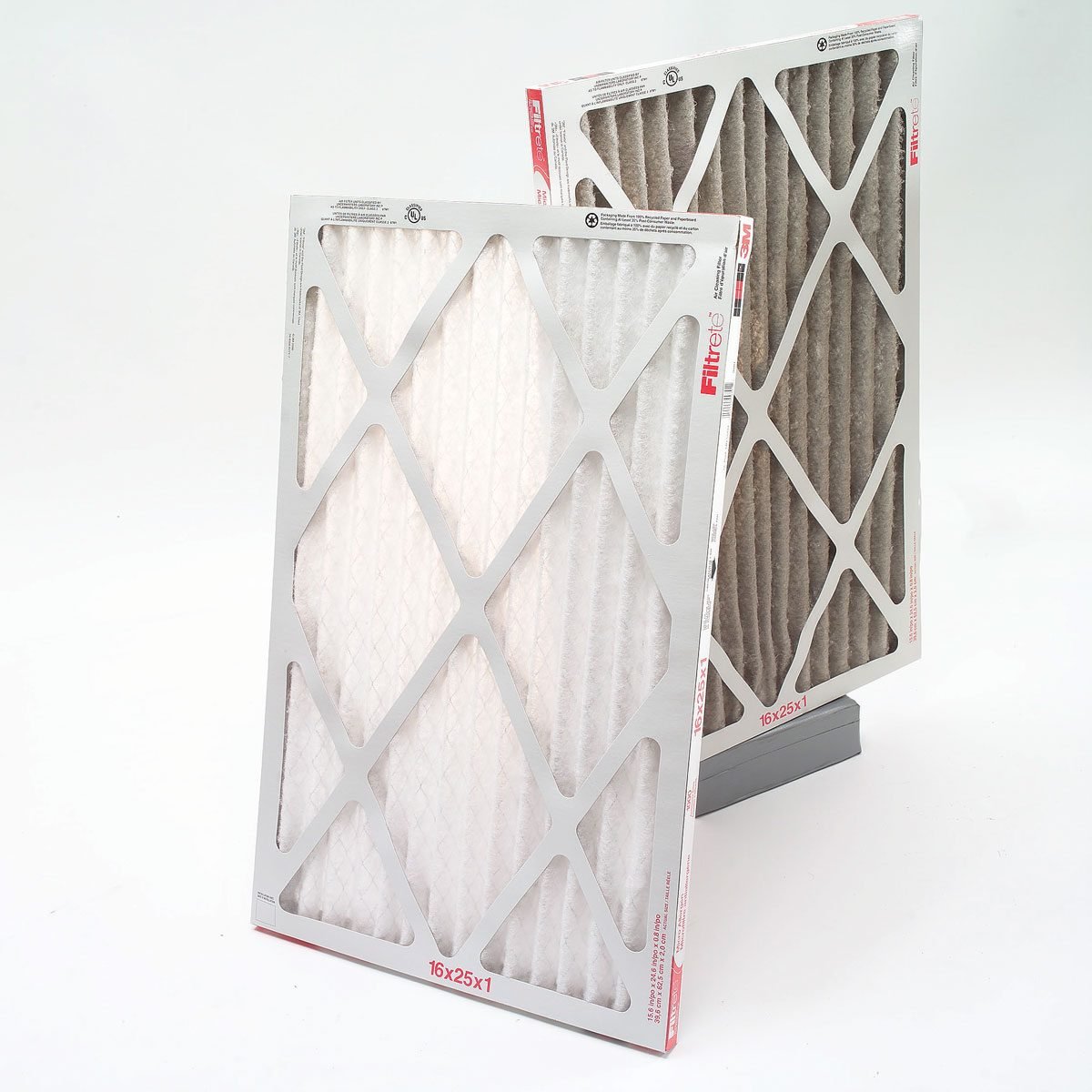
Change Your Furnace Filter
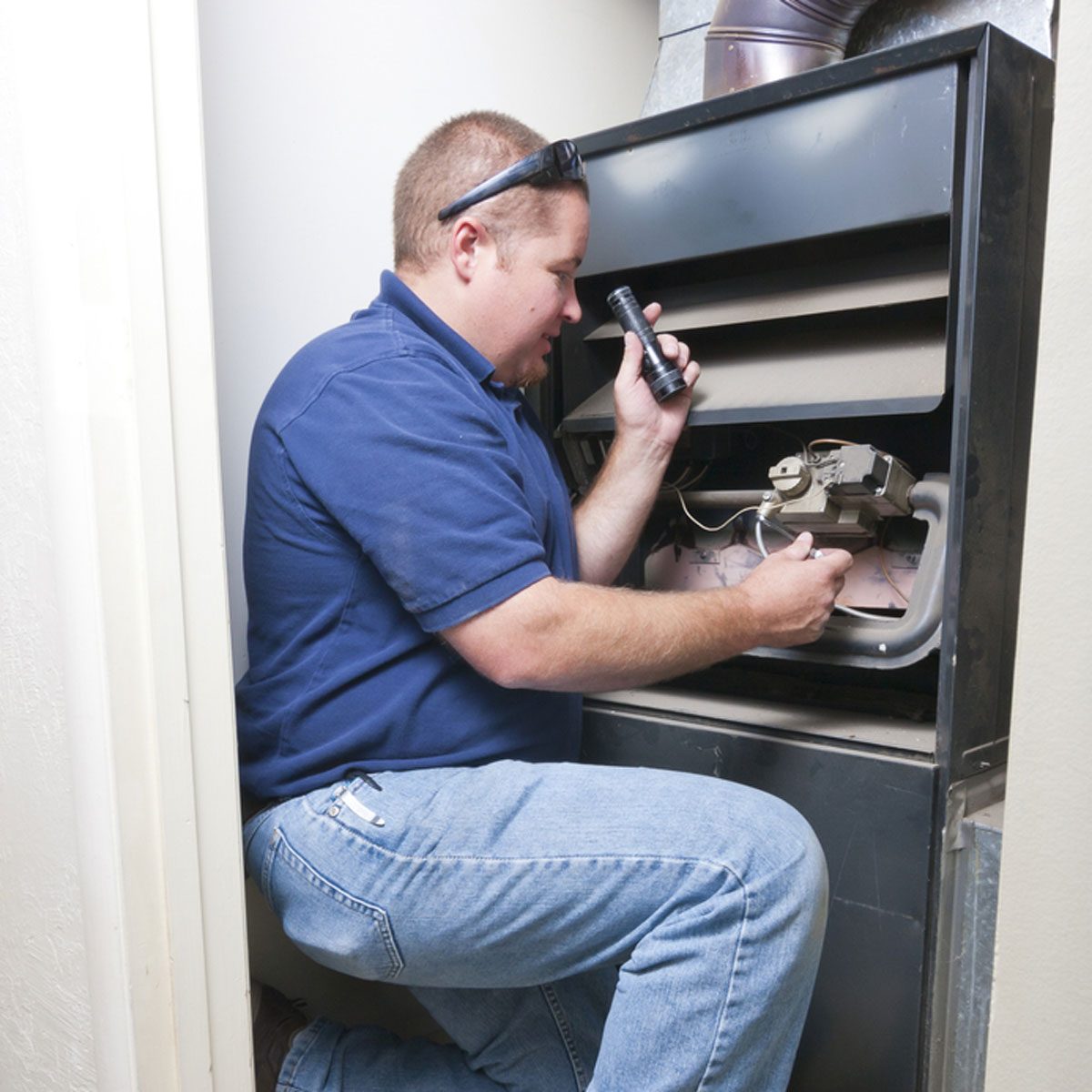
Take a Peek at Your Furnace
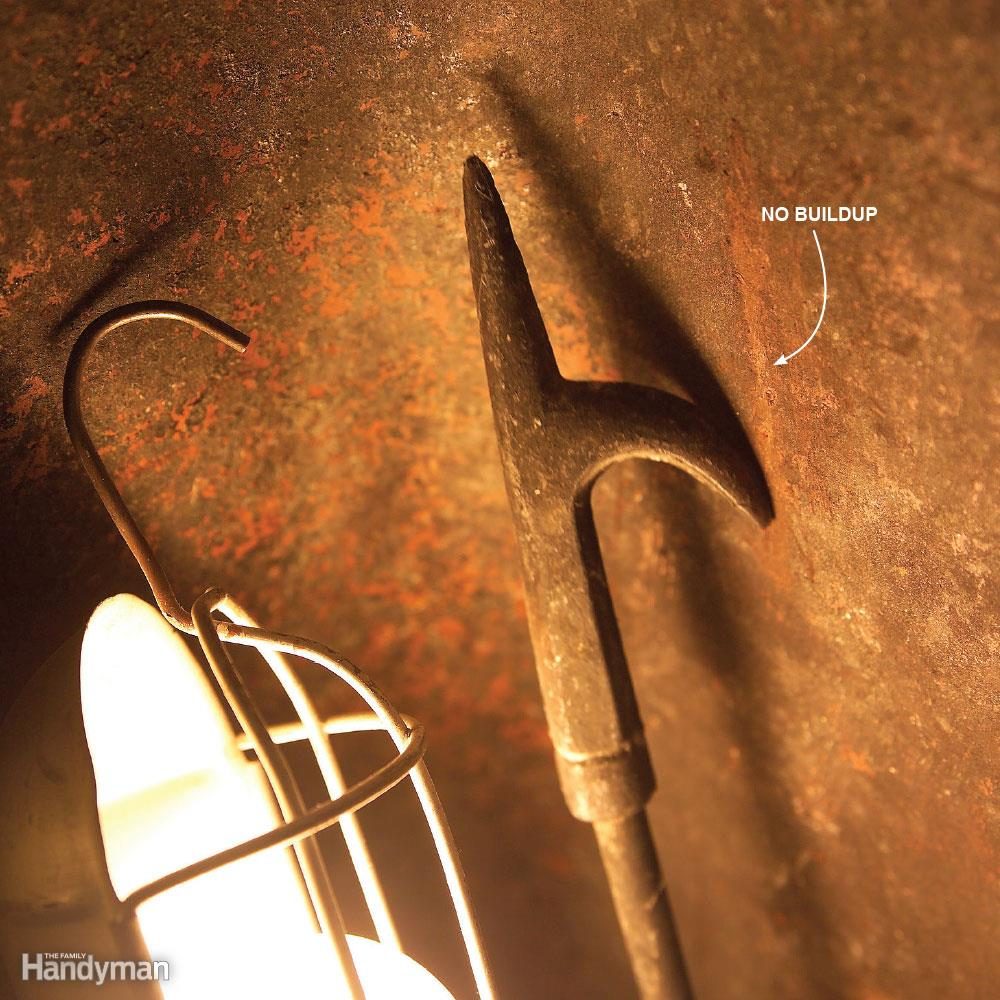
Check Your Chimney or Risk a Fire
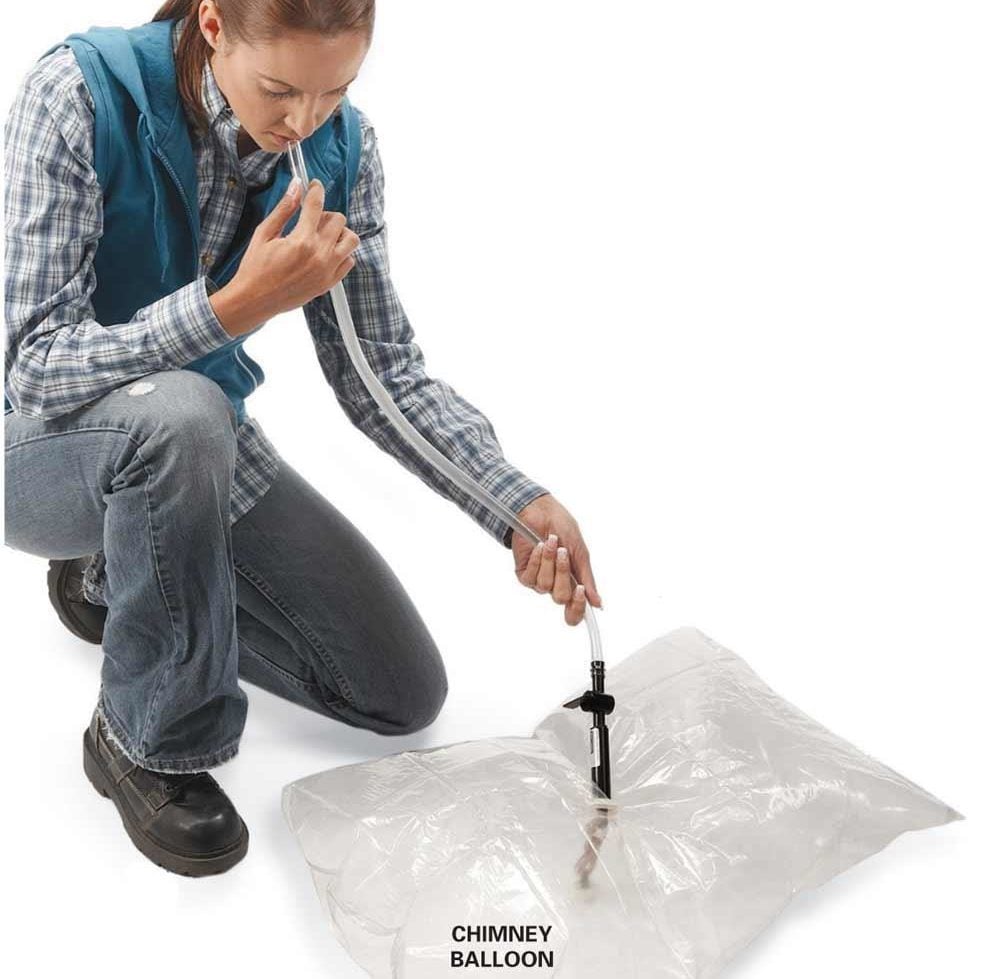
Stop Airflow Up the Chimney

Check Your Water Heater
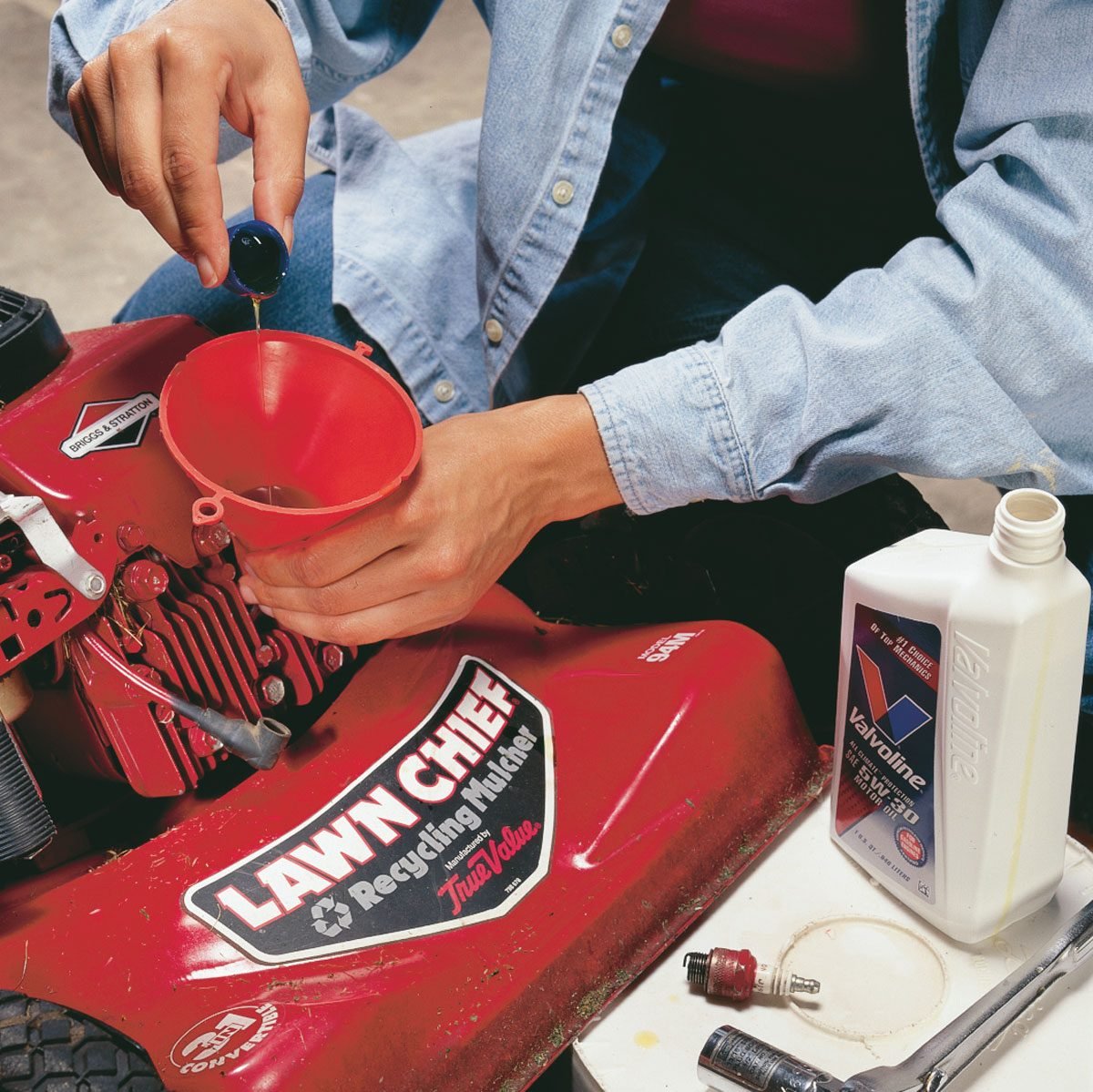
Winterize Your Lawn Mower
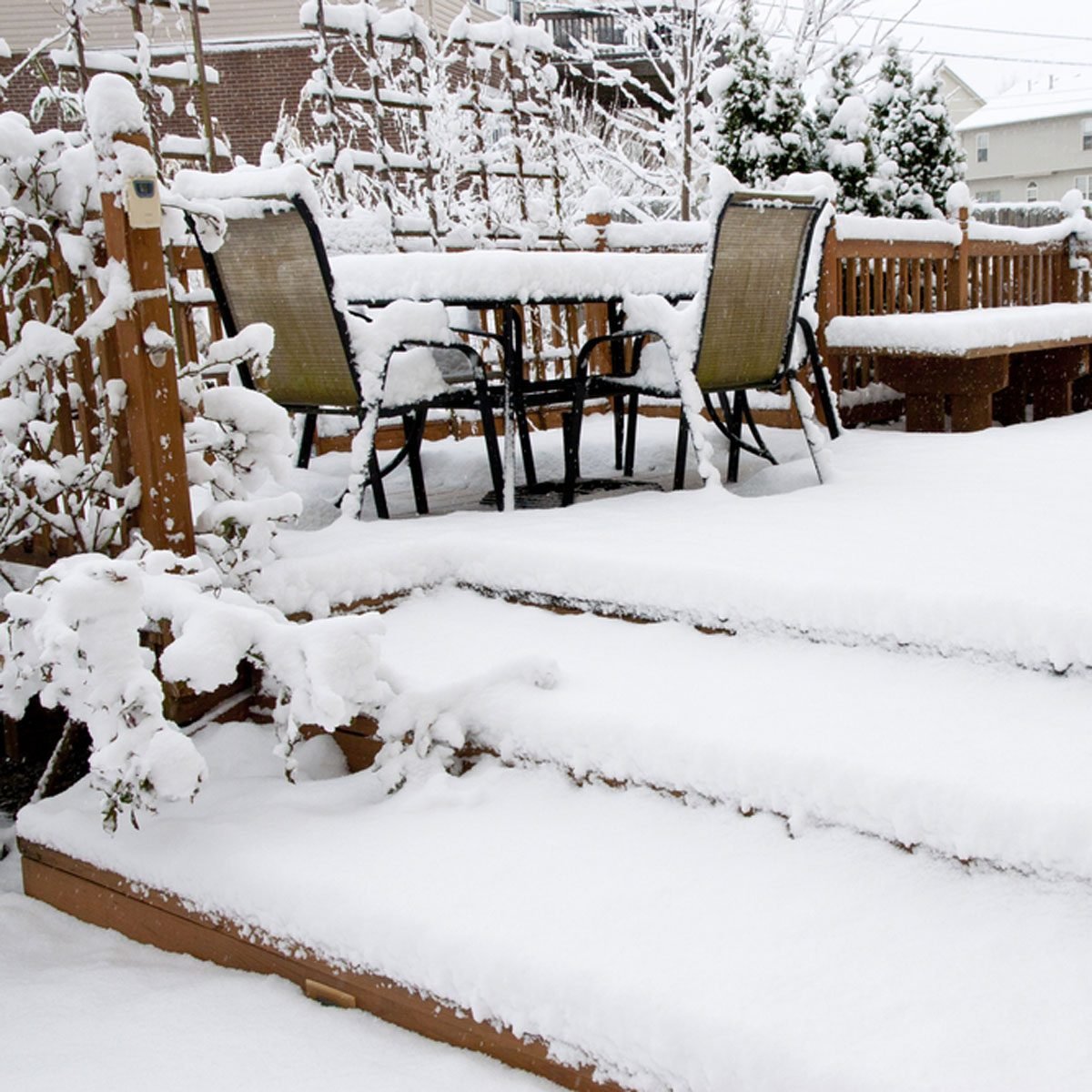
Store Outdoor Furniture
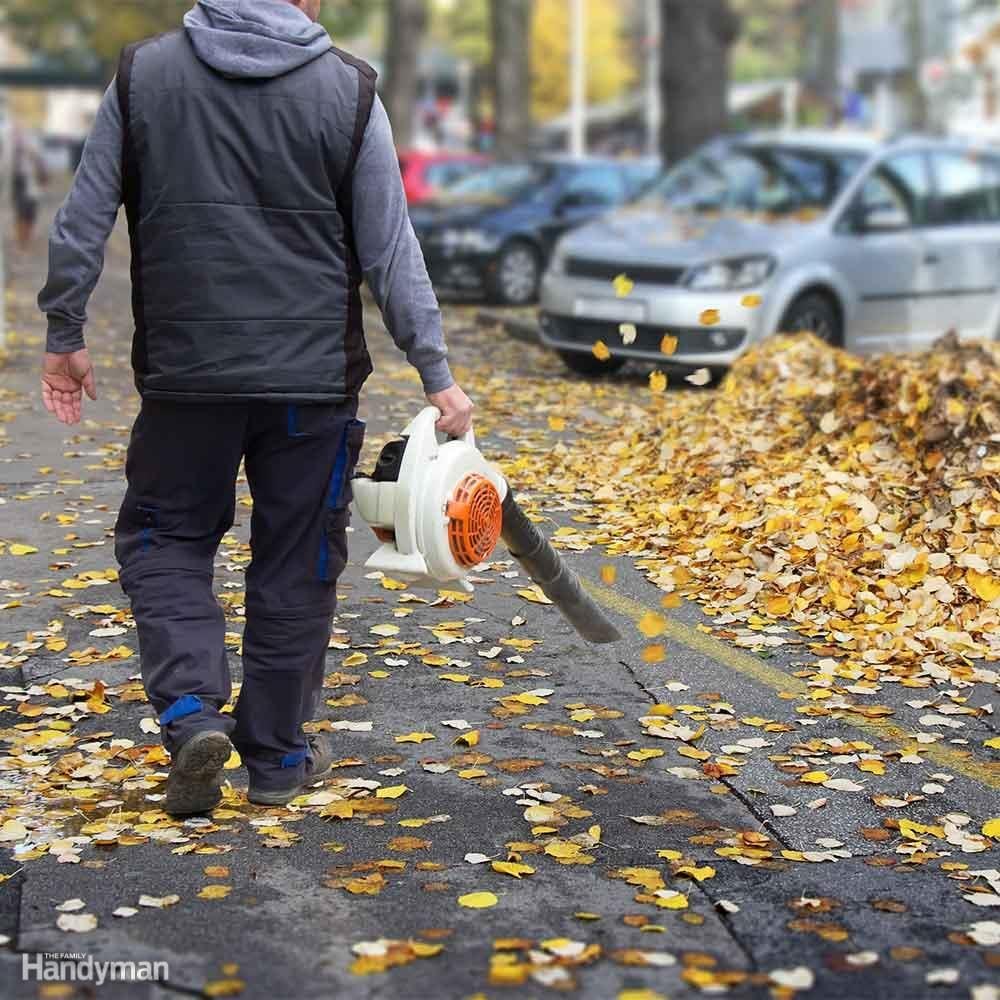
Take Care of Those Leaves
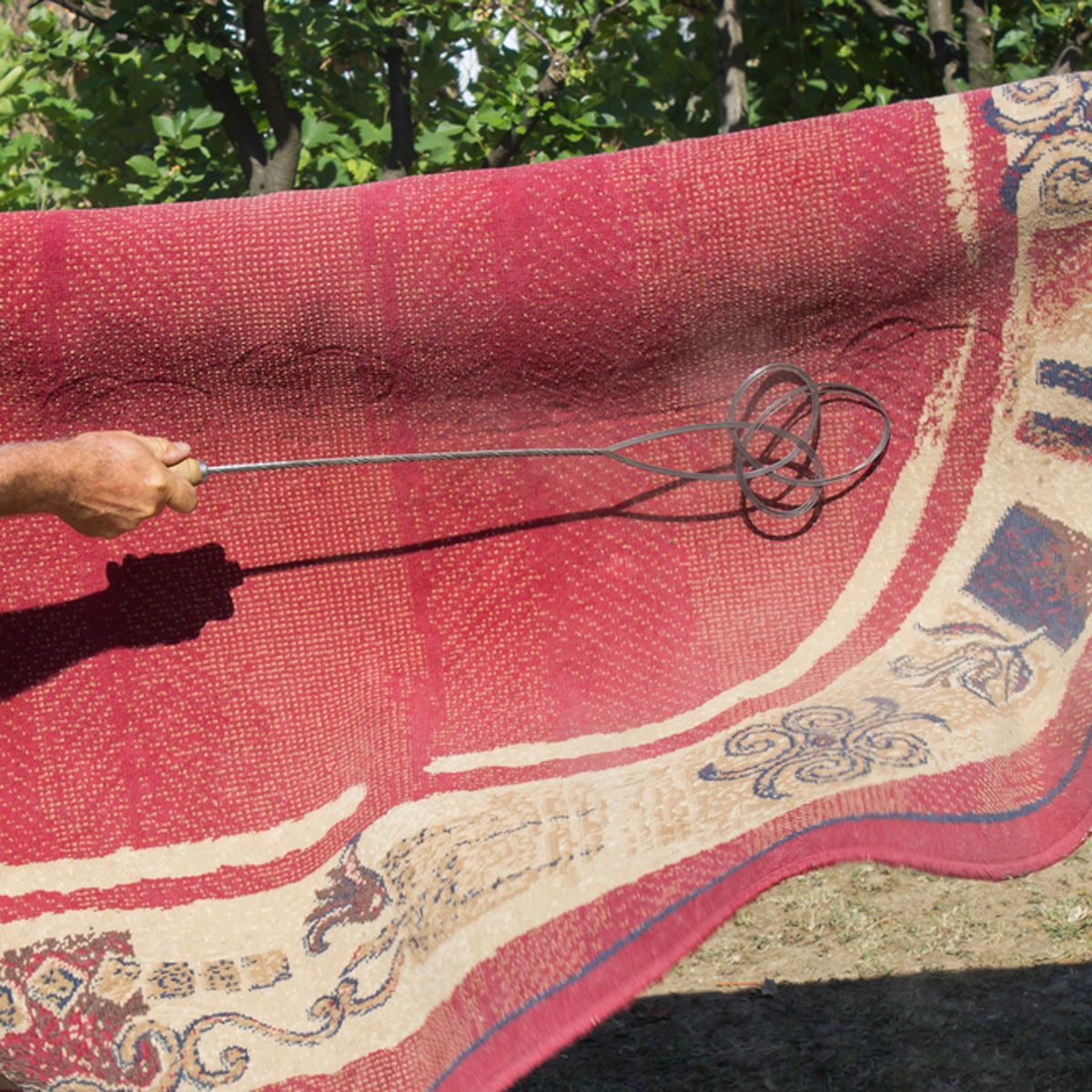
Deep Clean Rugs and Carpeting
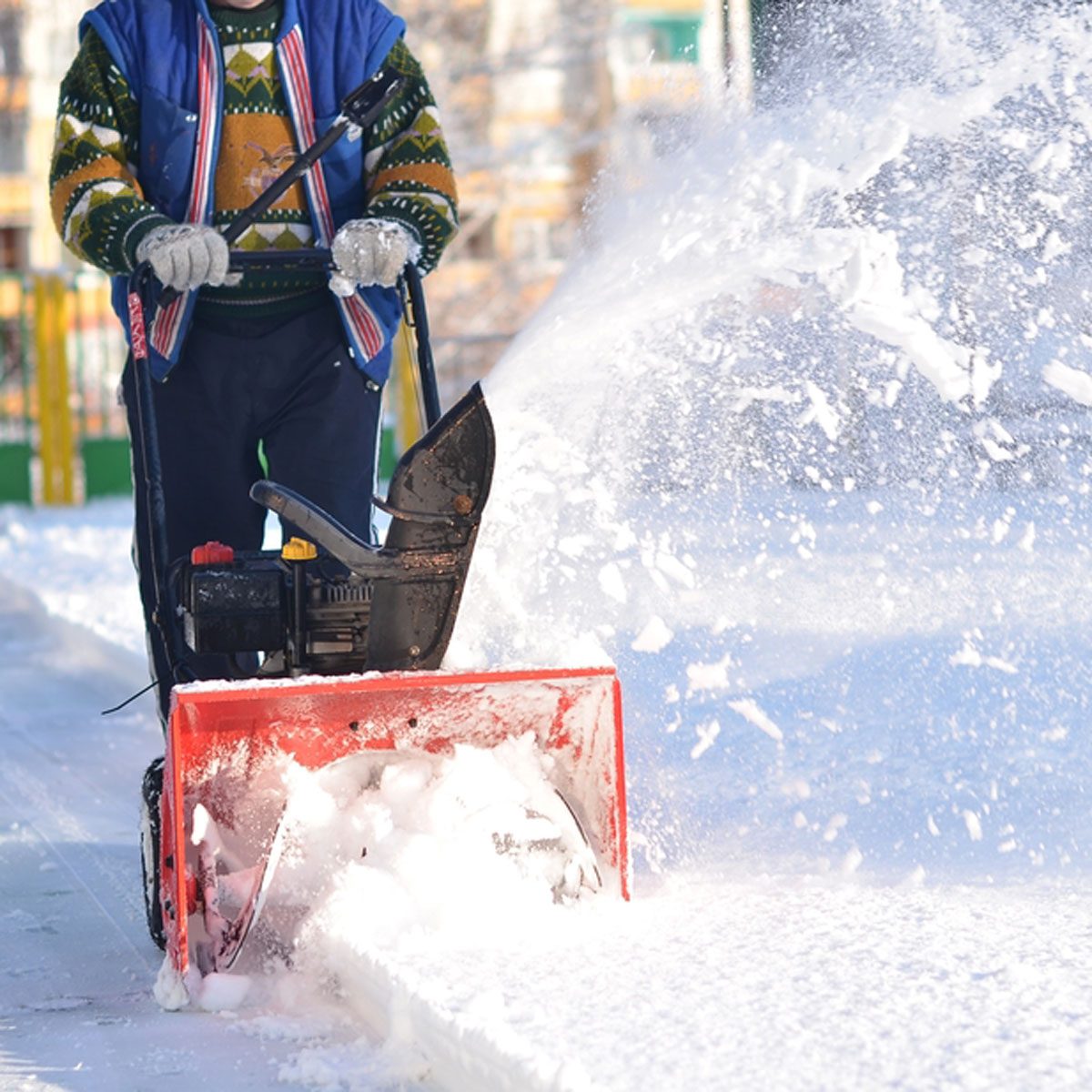
Get Your Snowblower Ready for Service
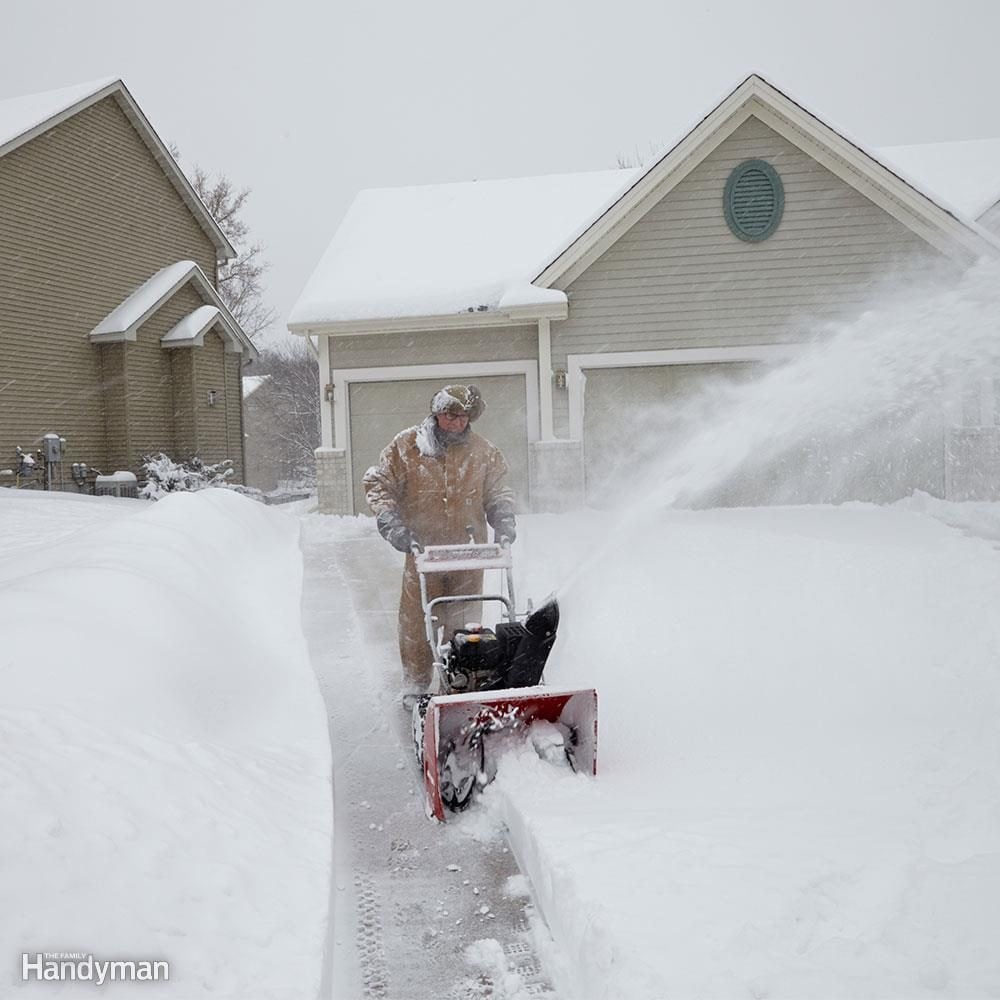
Get Your Property Ready for Snow
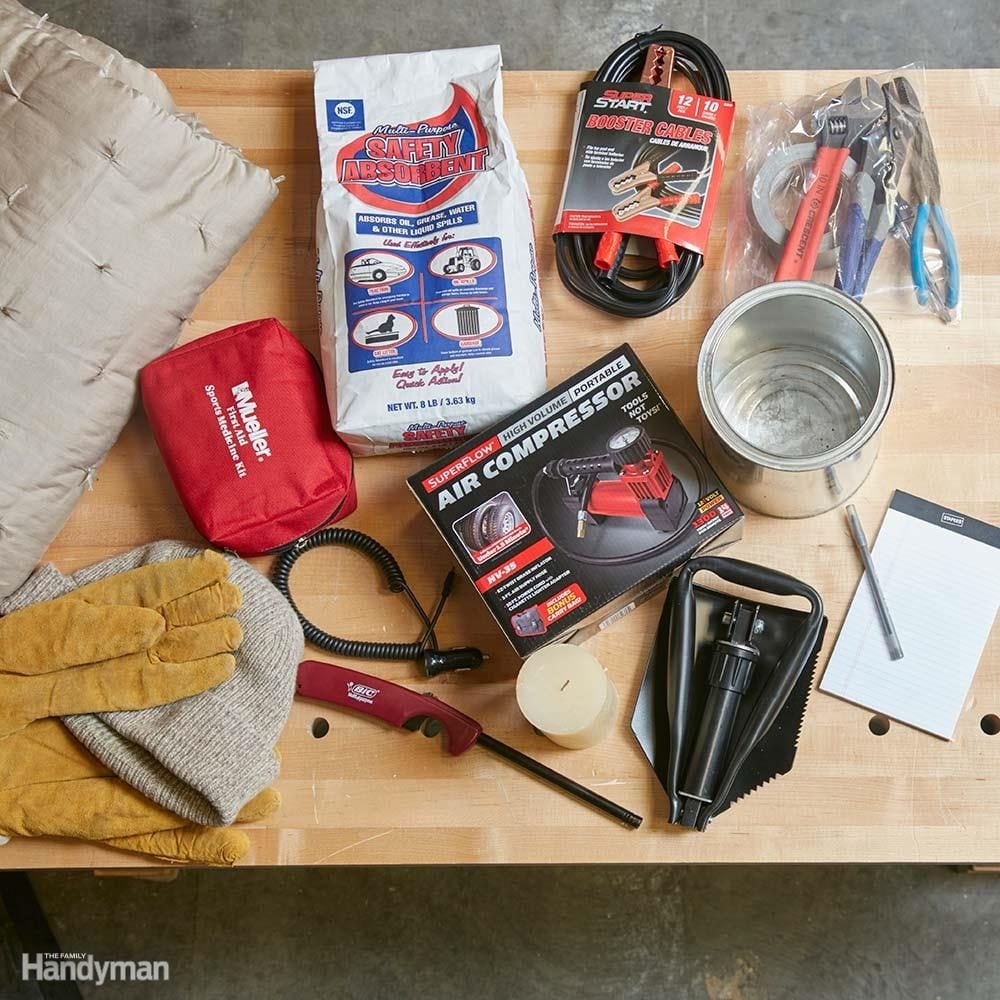
Make a Winter Driving Kit
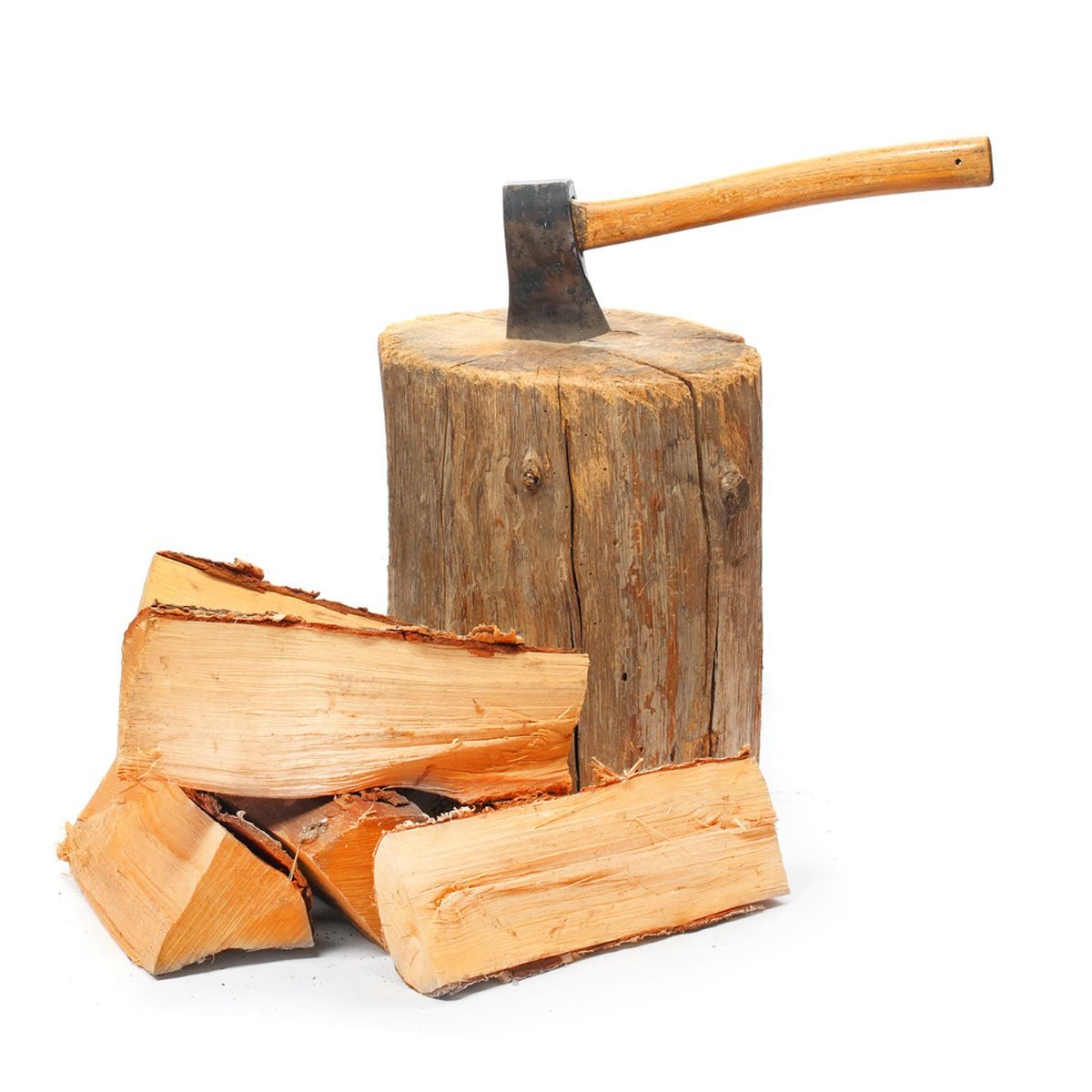
Stockpile Firewood

Cut Your Lawn Short
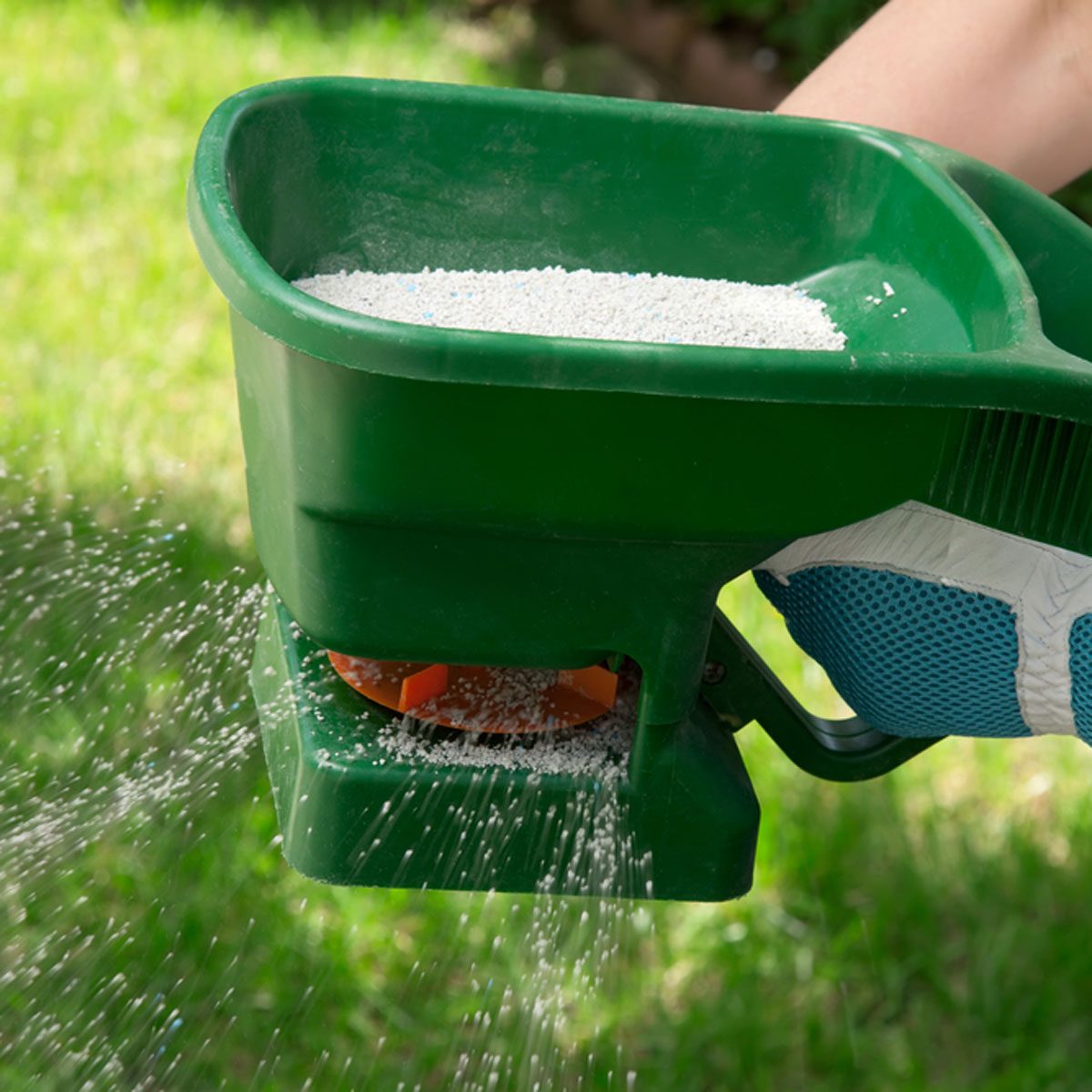
Fertilize Your Lawn
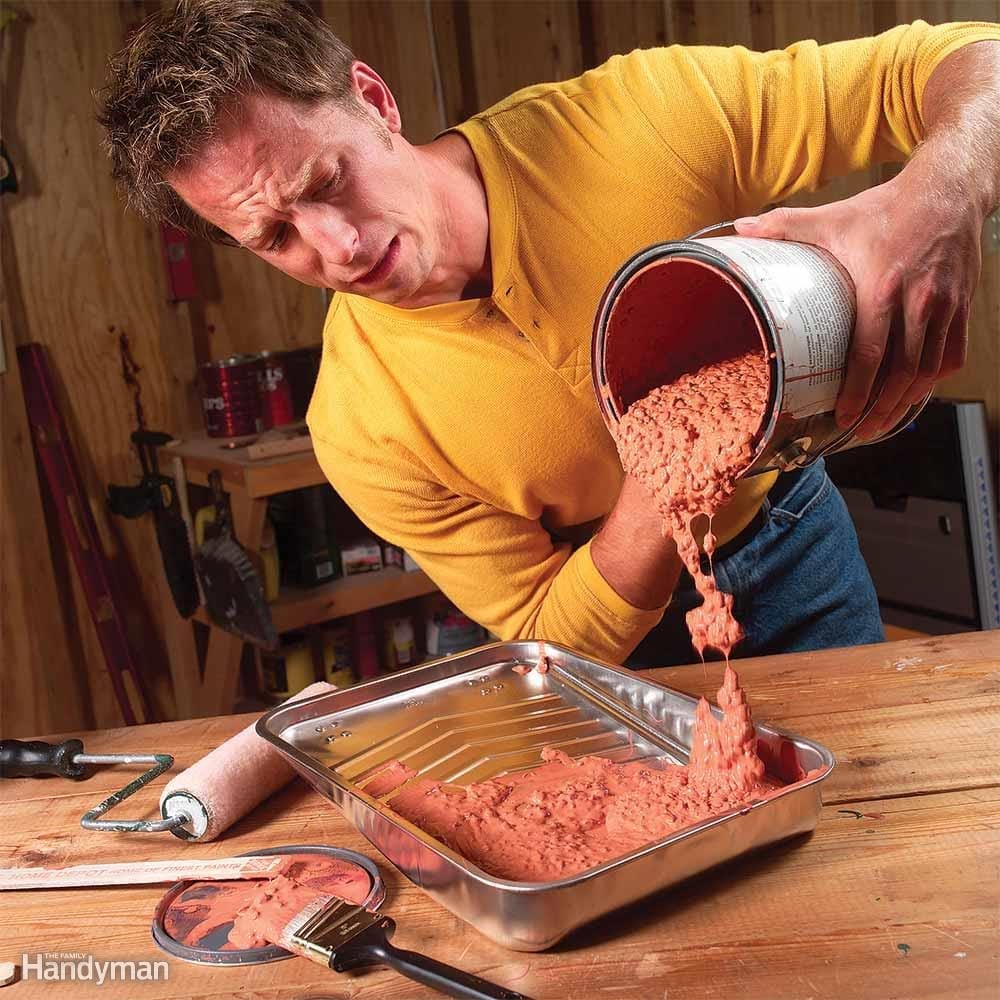
Bring Paint Inside
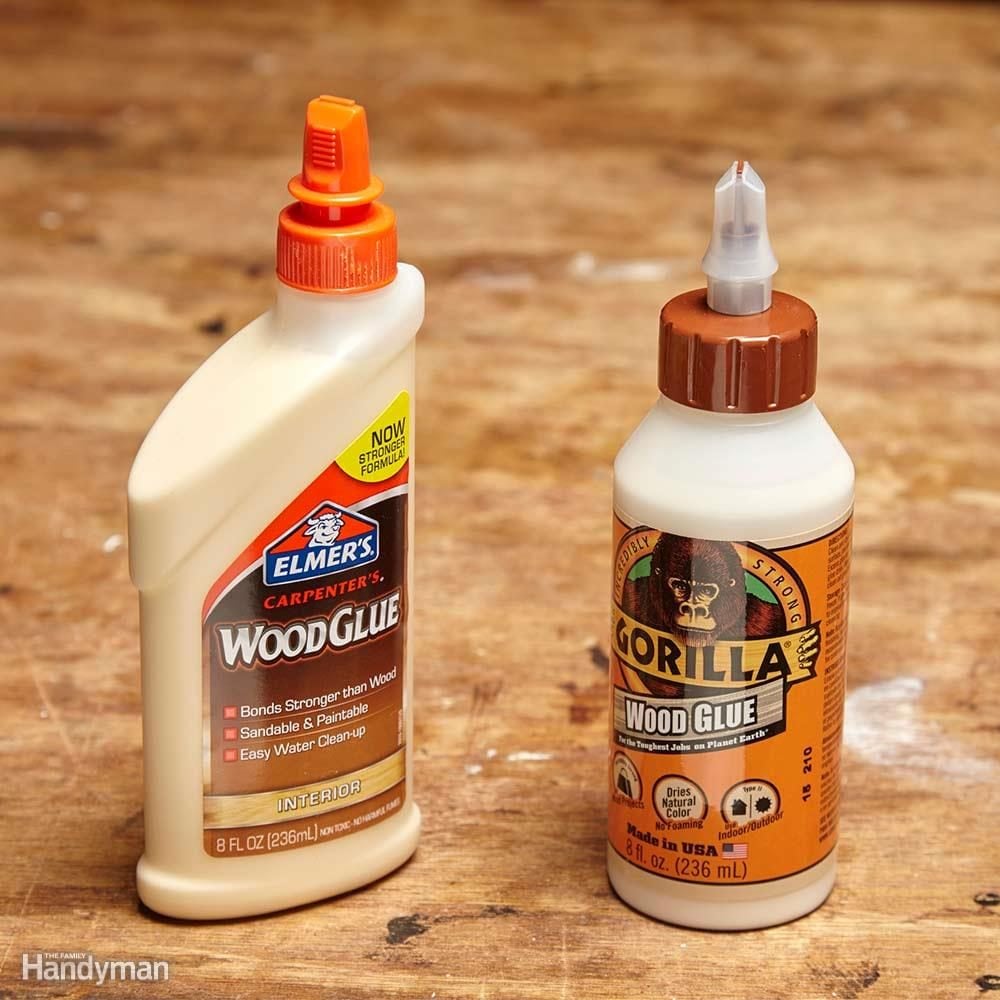
Don't Let Glue Freeze
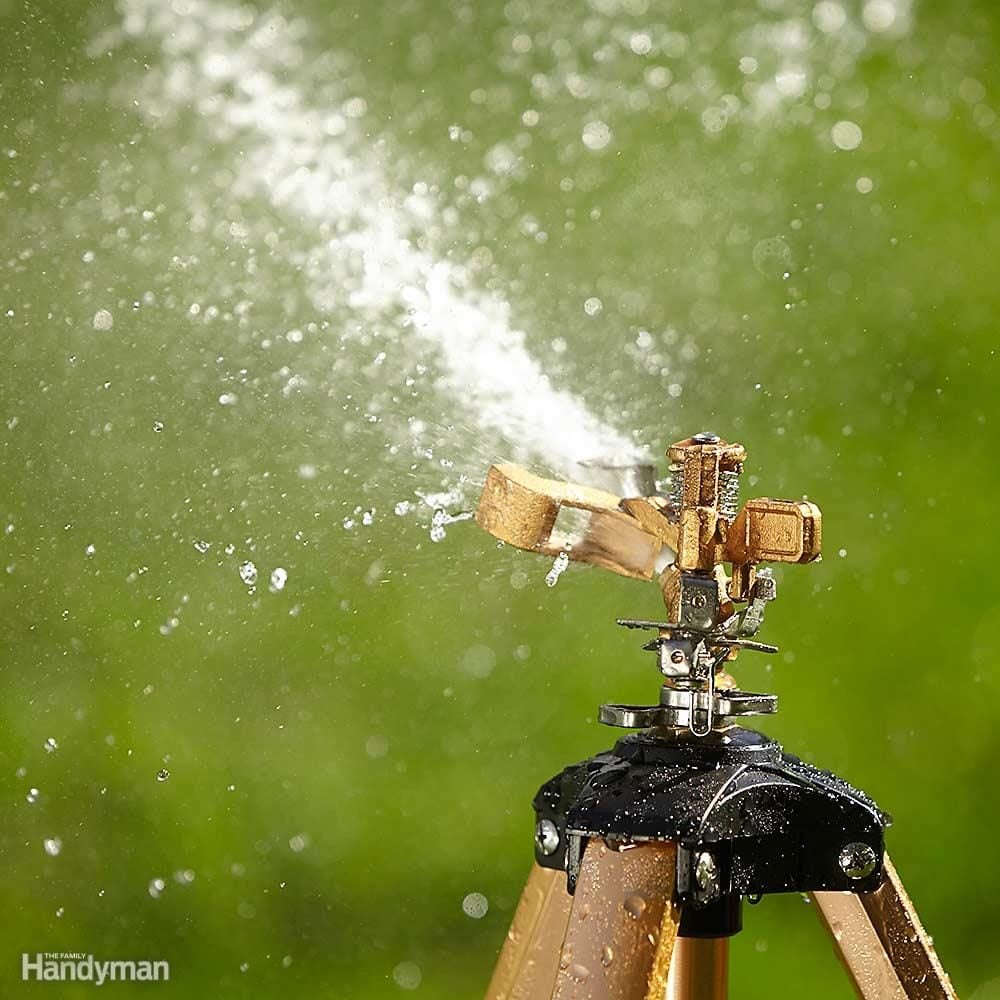
Best Way to Water Lawn: Water in the Fall
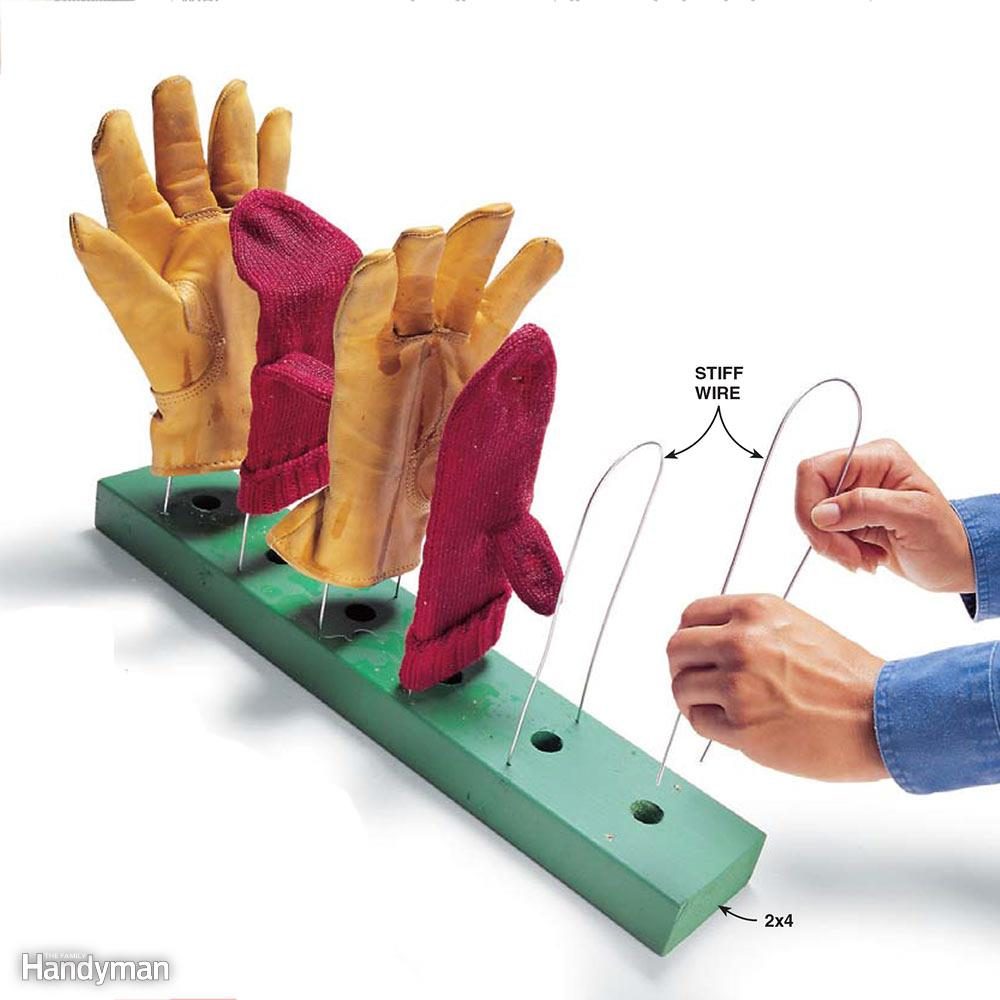
Build a Mitten and Shoe Dryer
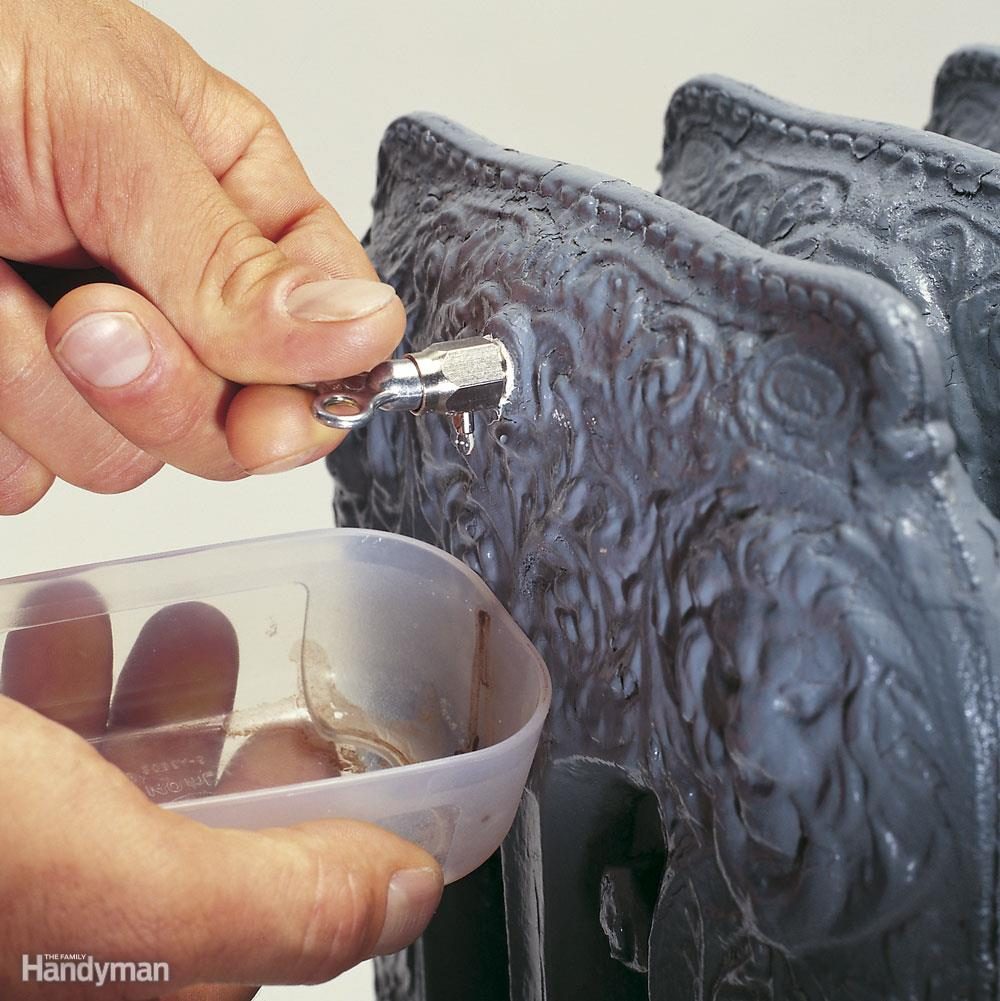
Bleed Hot Water Radiators
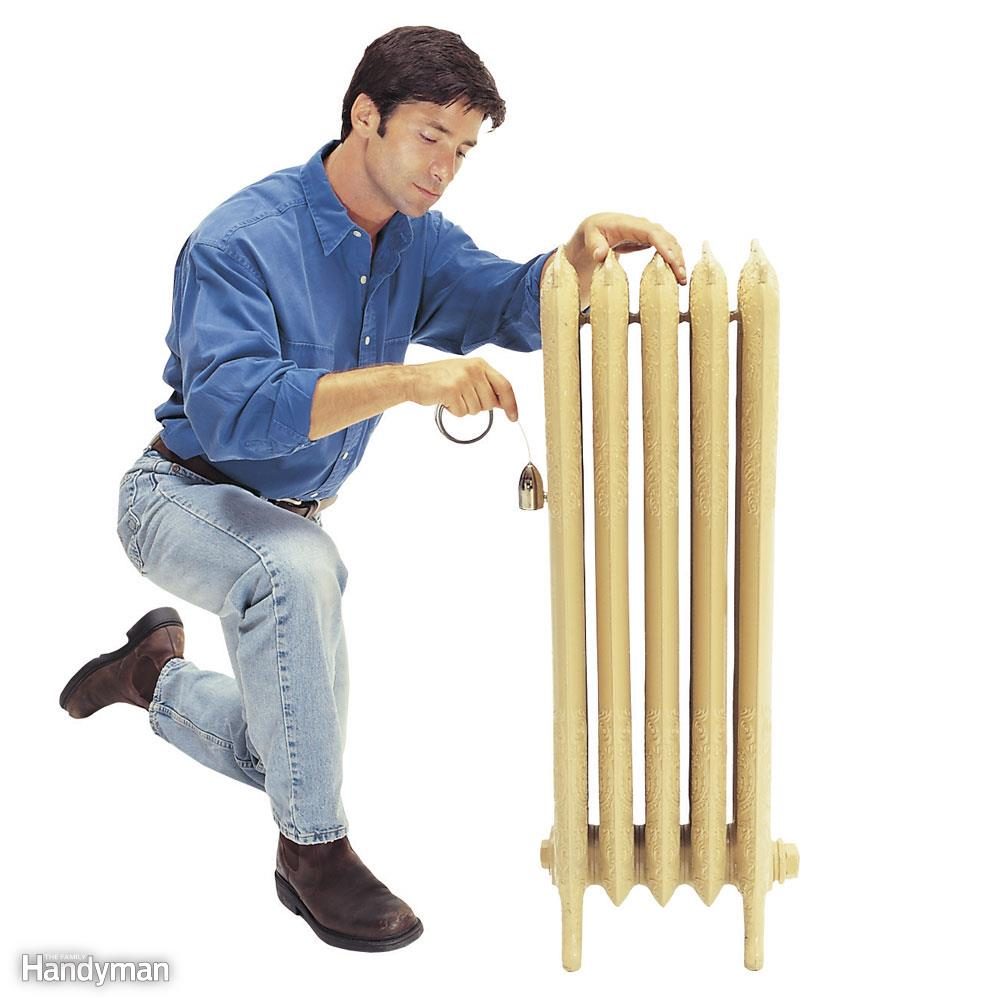
Clear Steam Radiator Vents
Steam radiators have an air vent like the one shown. Unfortunately, many of these vents get painted over, plugging the air hole. Clear the air hole in the top of the vent with a small wire or sewing needle. If you're still worried about the air vents working properly, consult a hot water/steam heat specialist who can replace the vents.
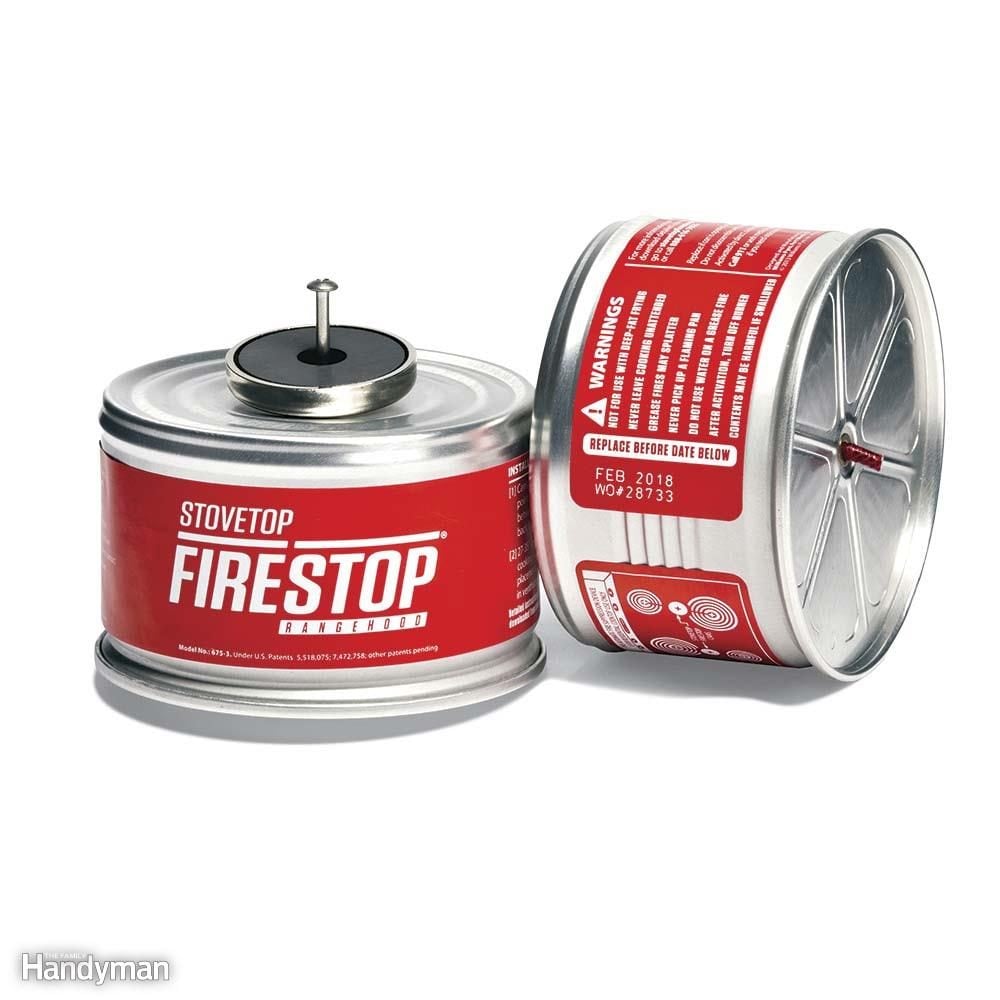
Install Stovetop Fire Suppressors

Inspect and Fix Your Garage Door
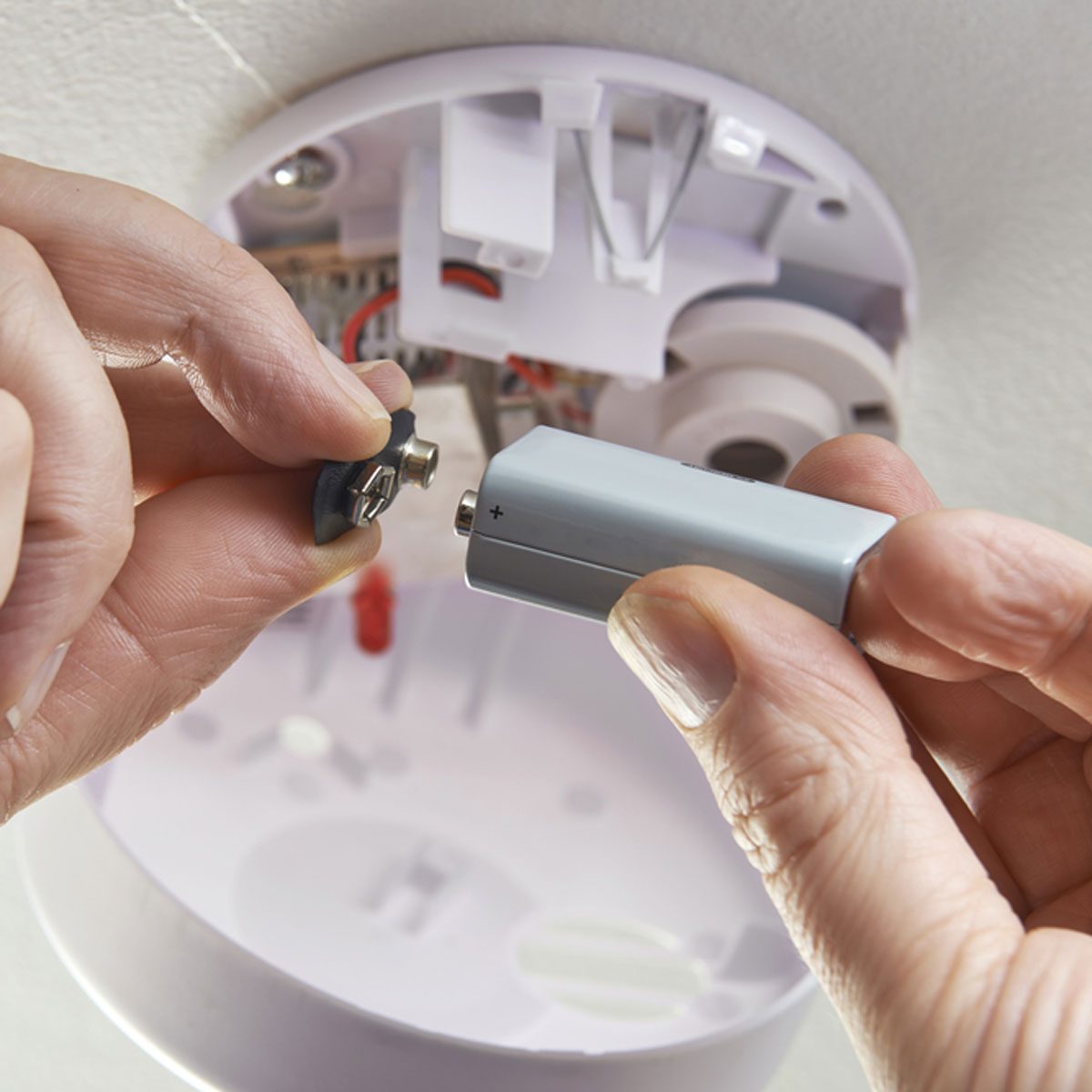
Check Your Detectors
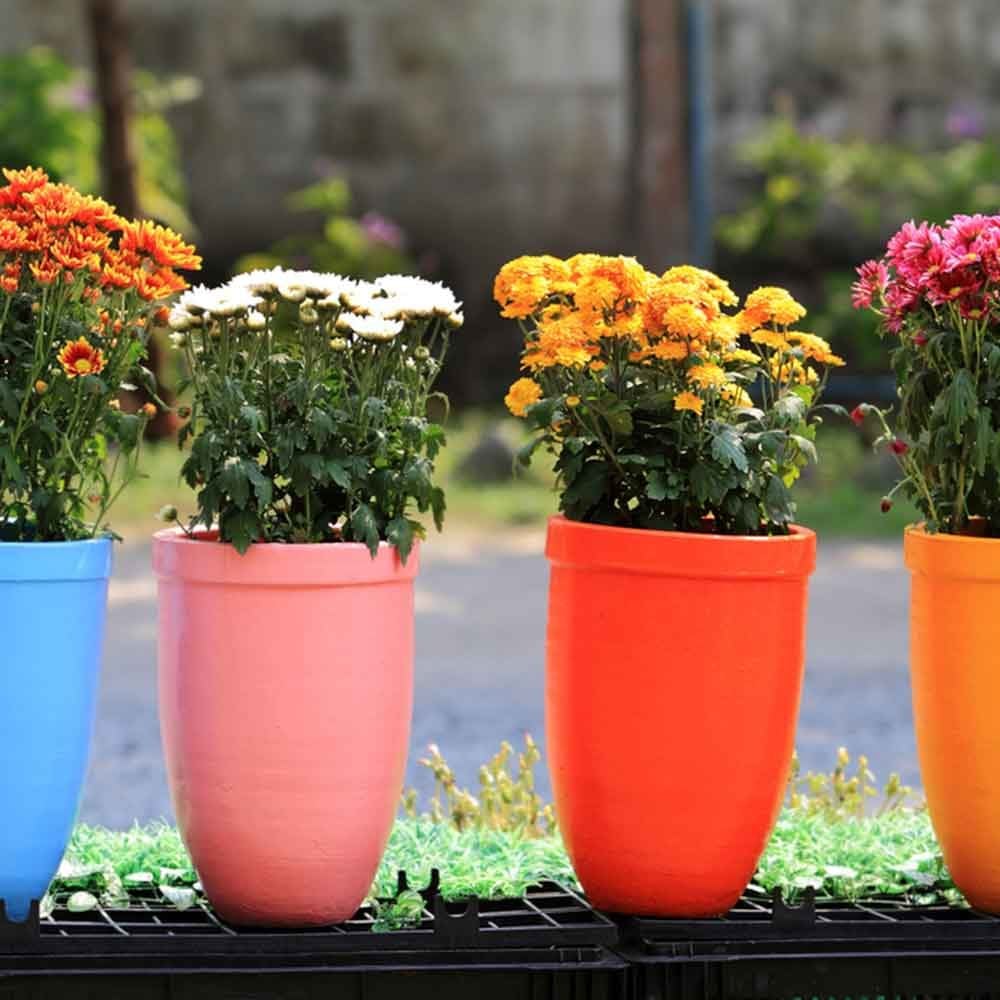
Empty Pots and Planters

Fix Your Furniture
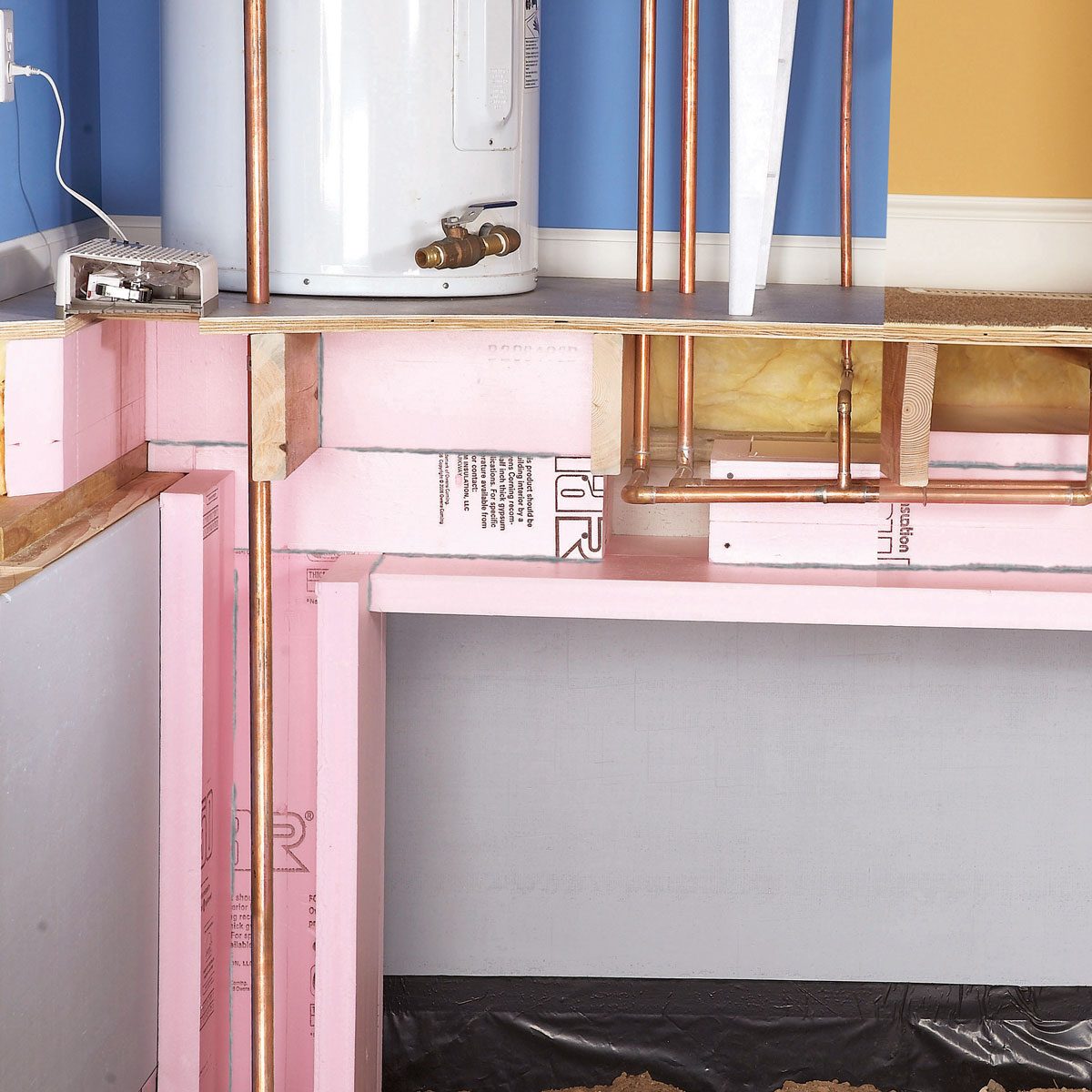
Insulate Pipes
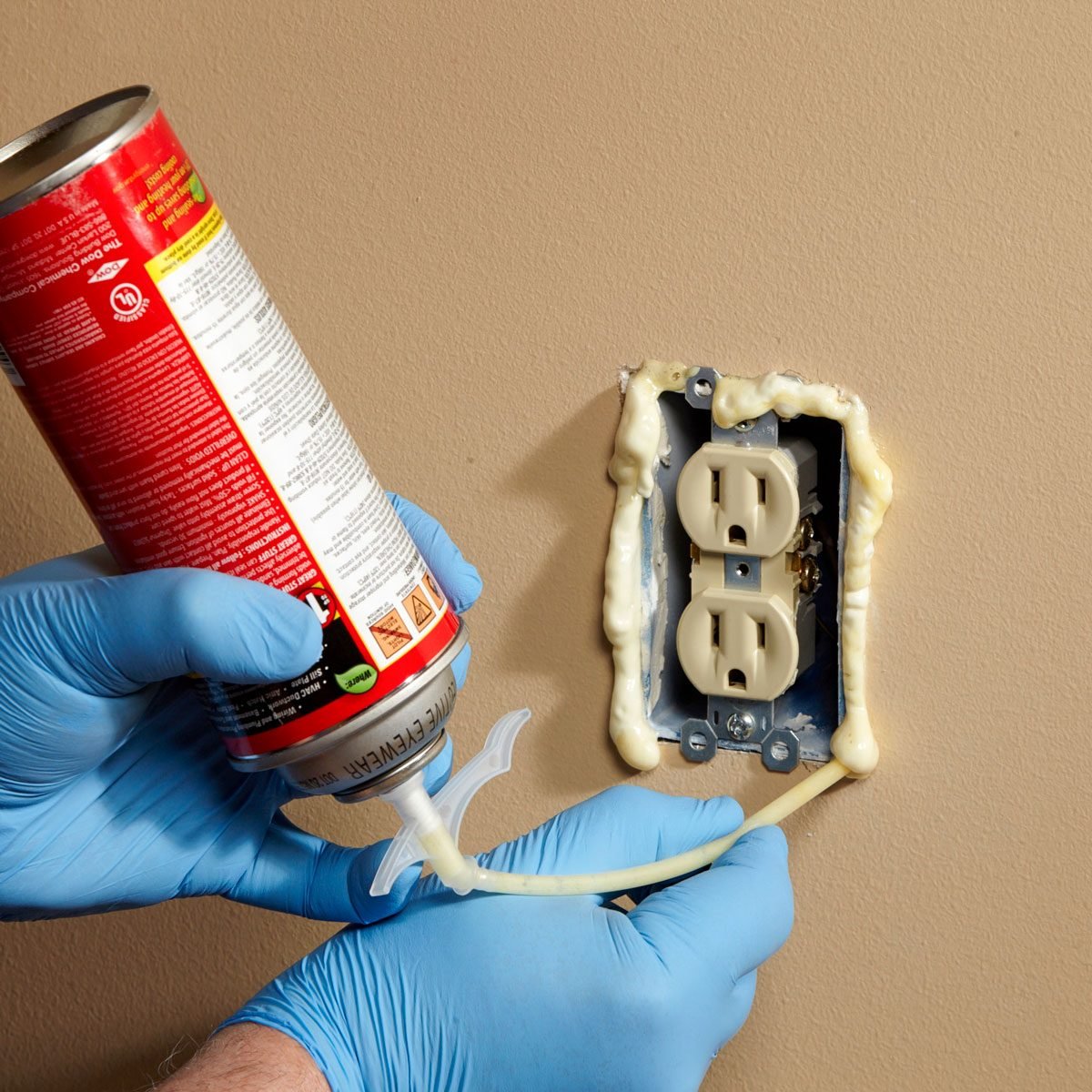
How to Seal Outlets and Ceiling Boxes
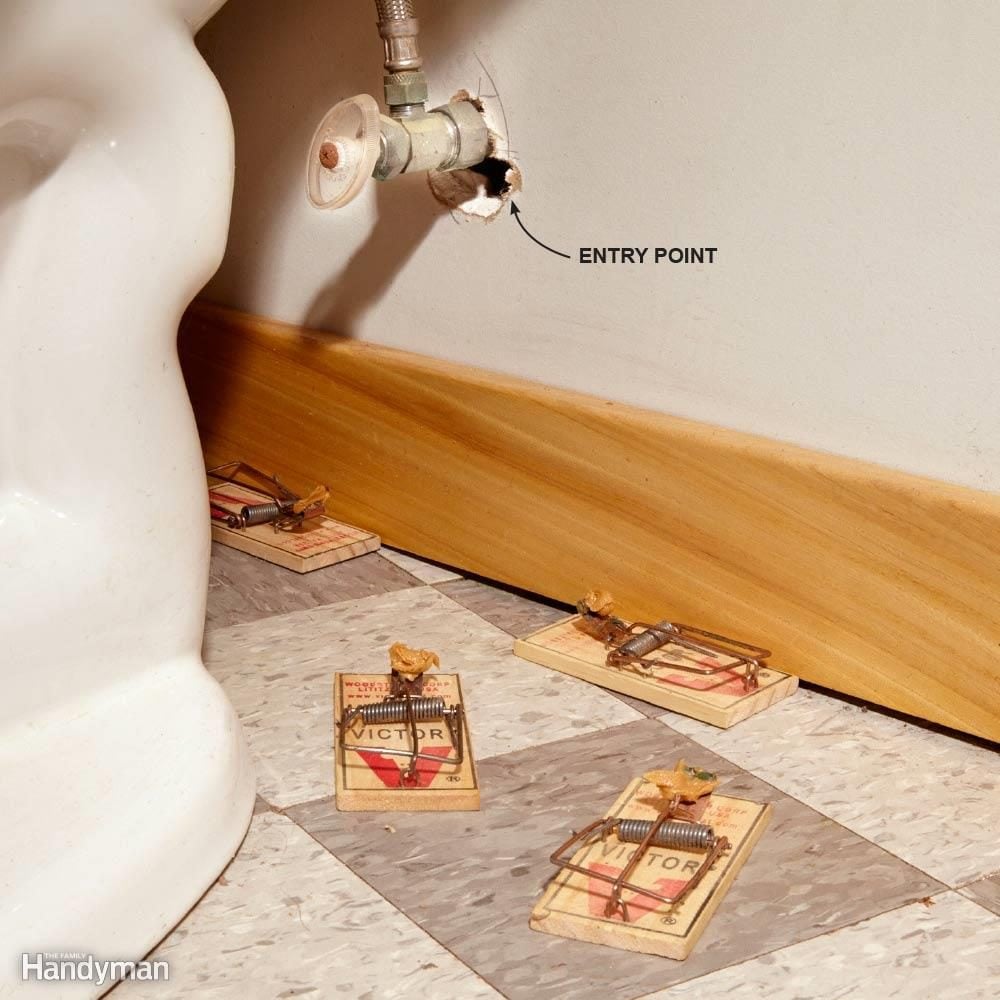
Protect Your House from Critters
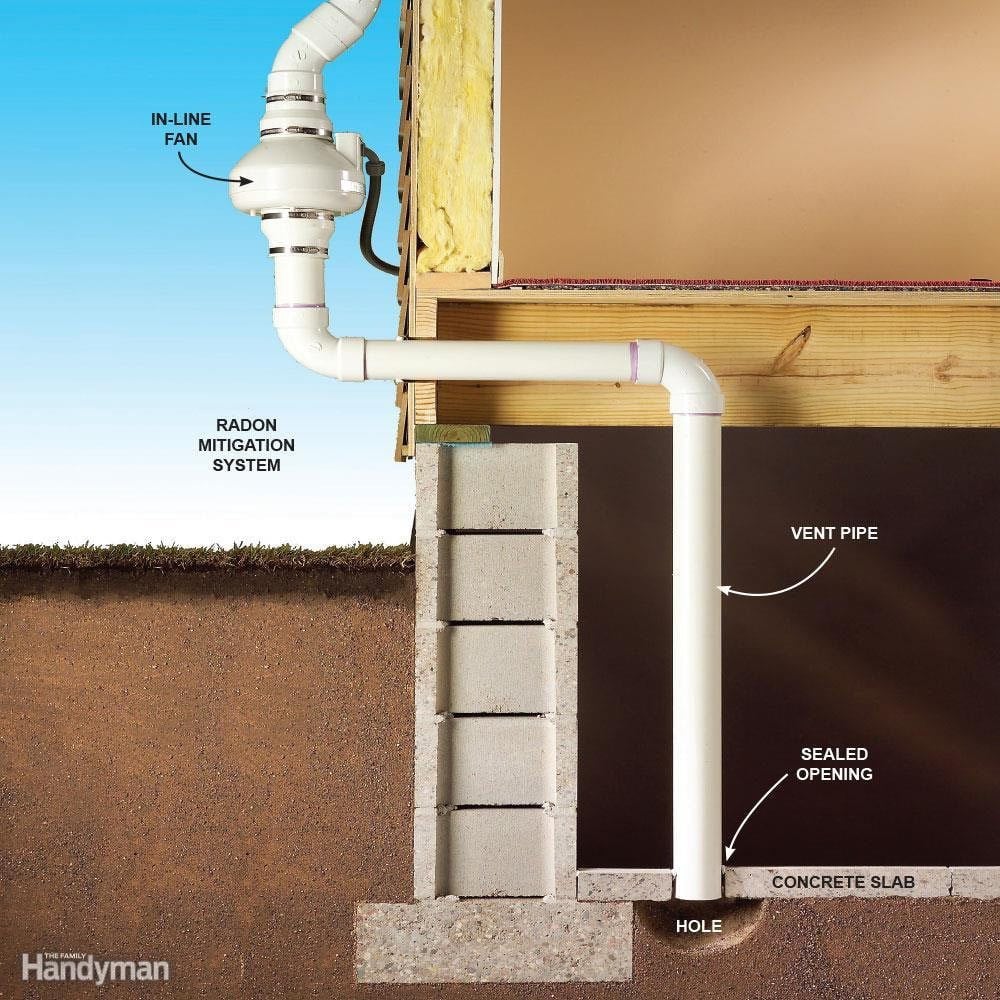
Test for Radon
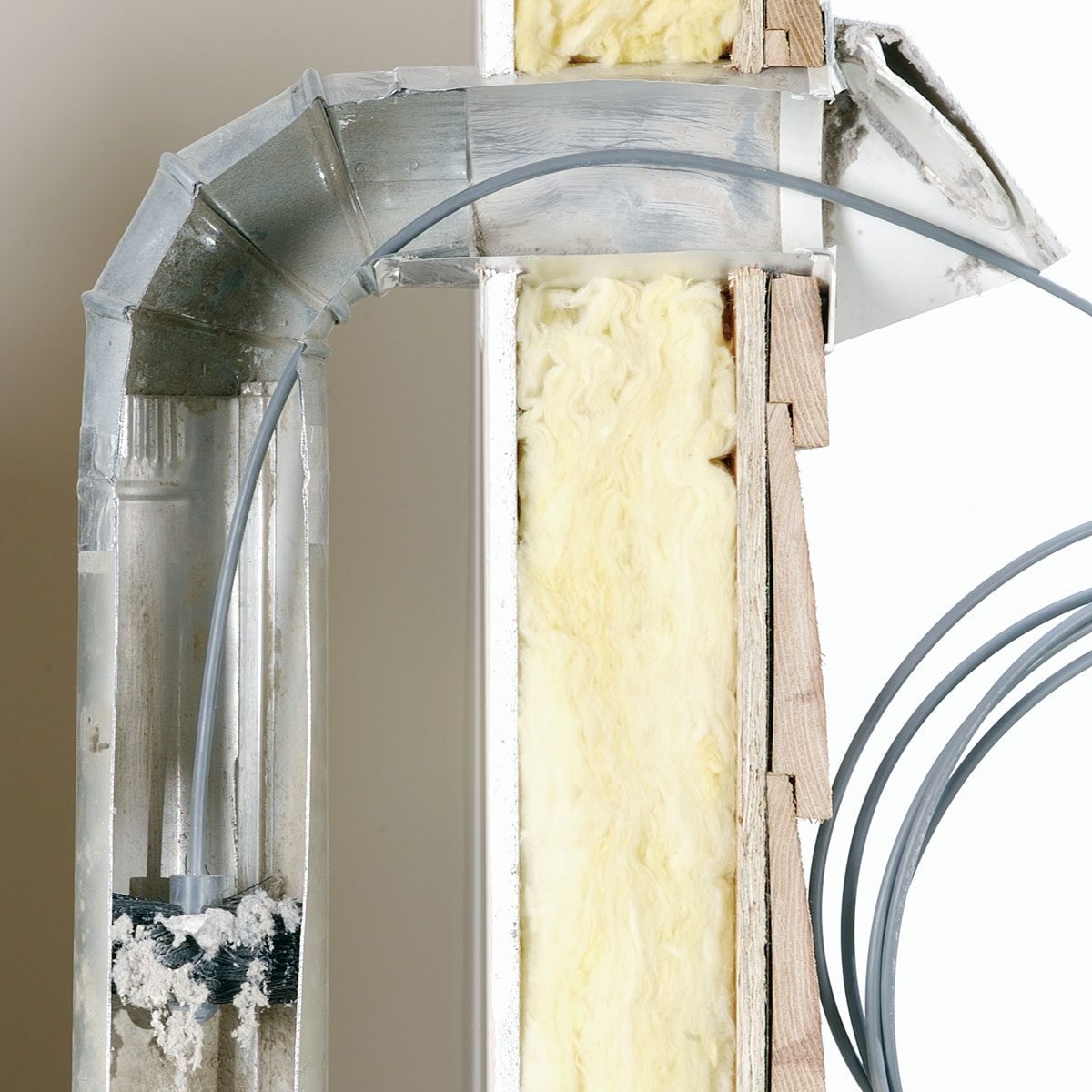
Clean Dryers and Vents
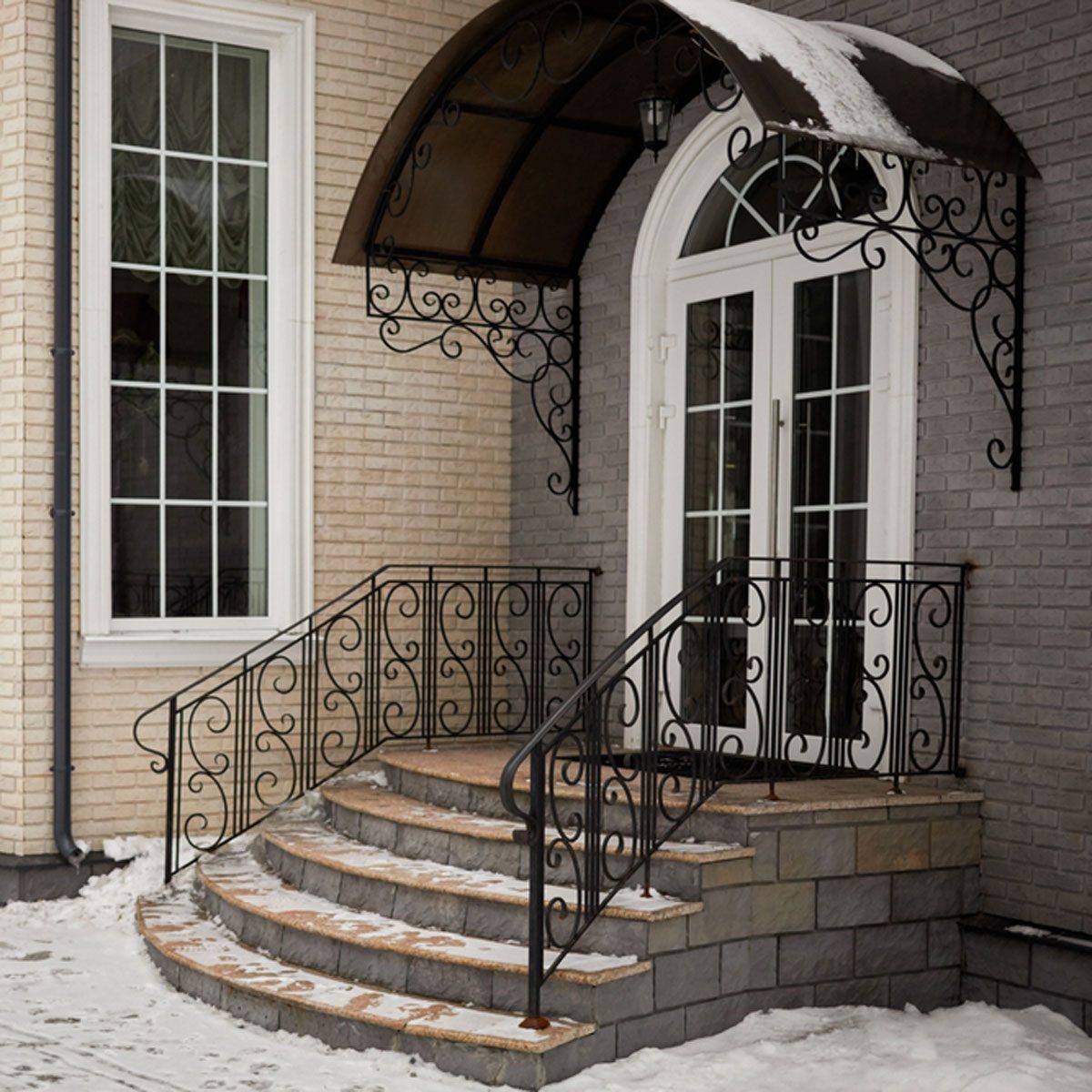
Handrail Safety Check
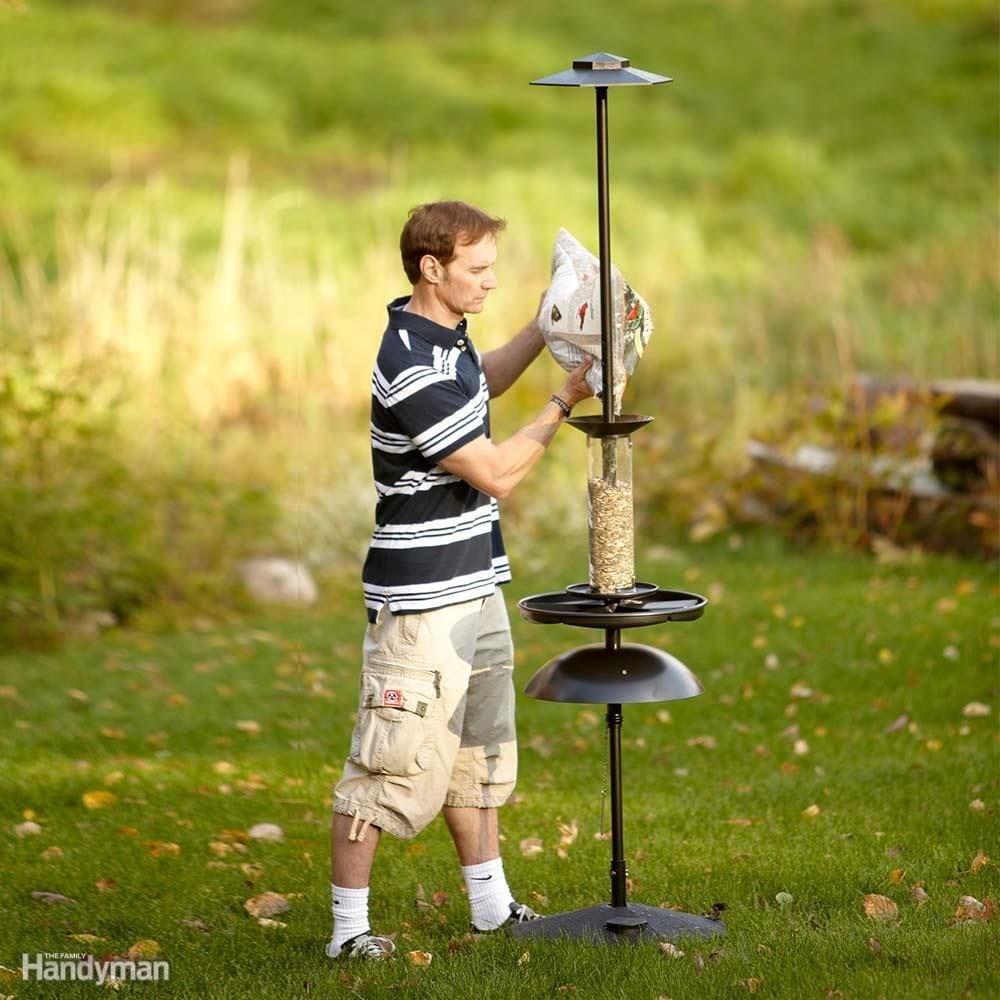
Fill Your Bird Feeders
